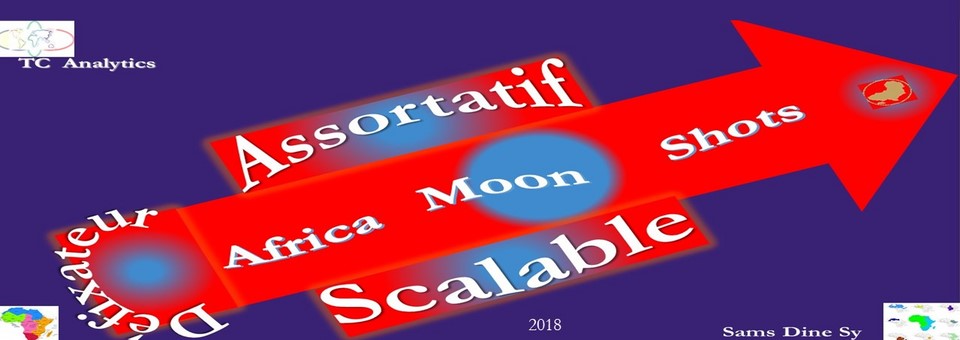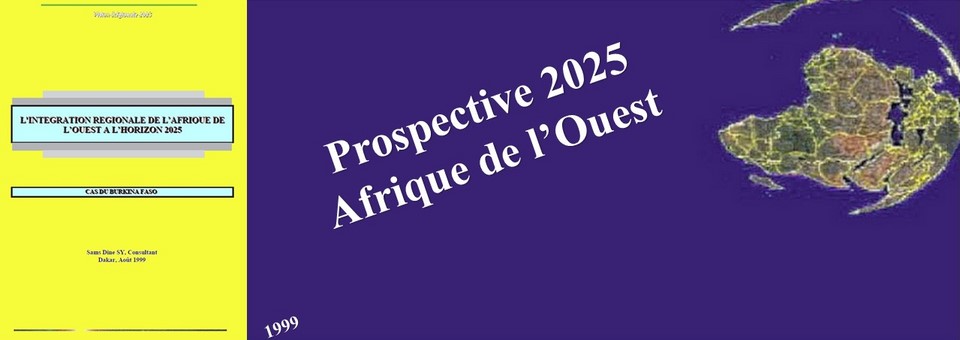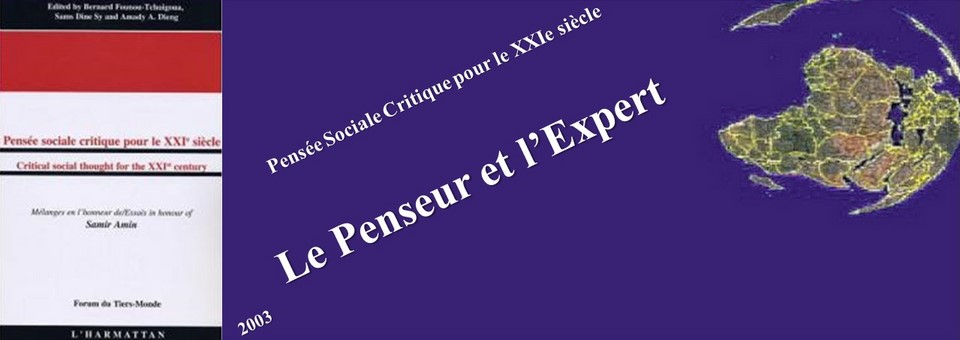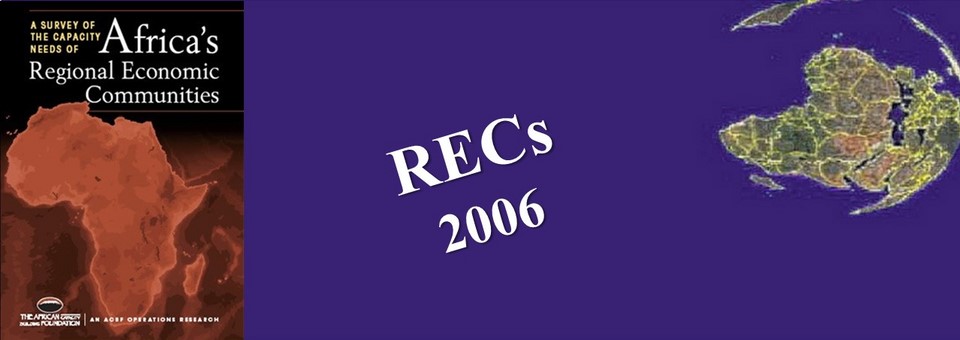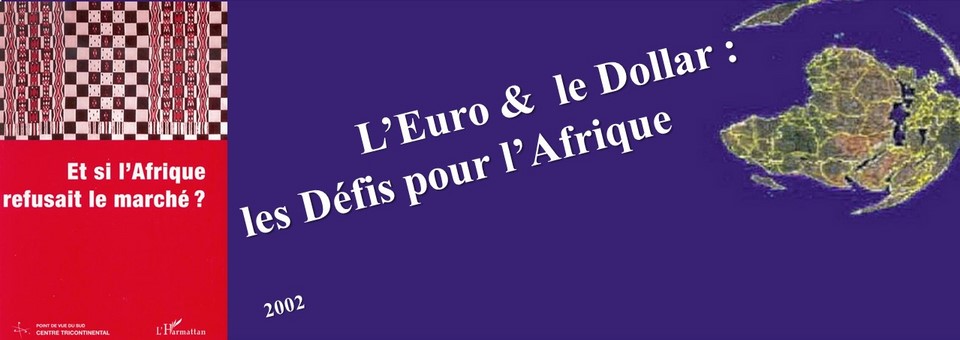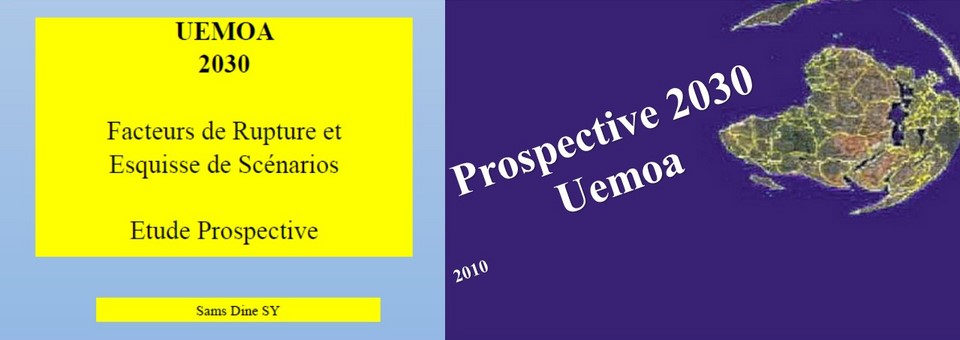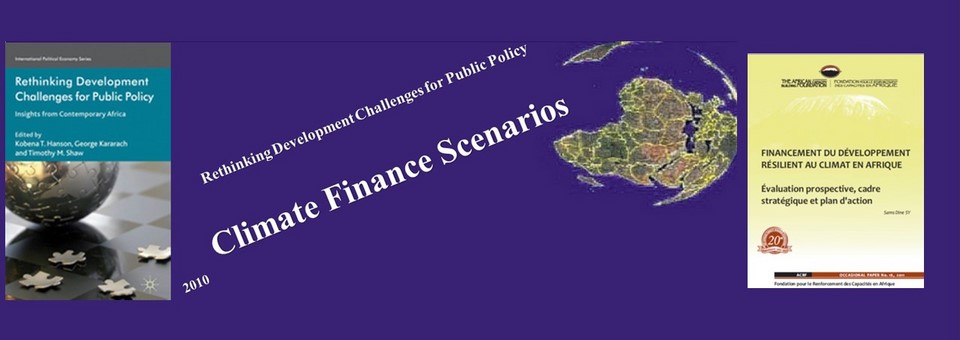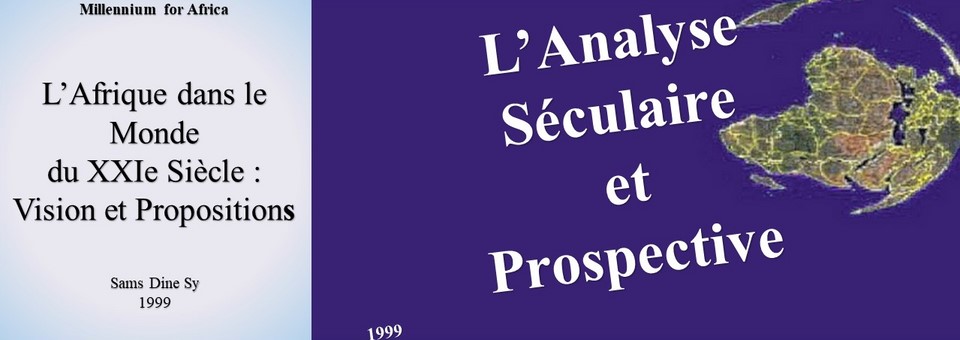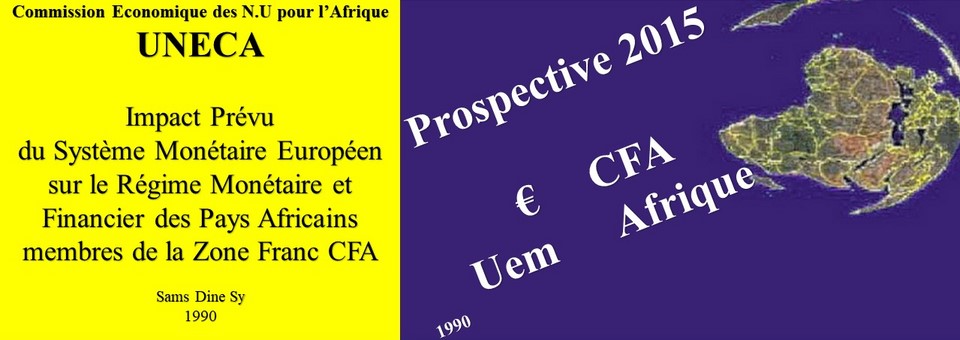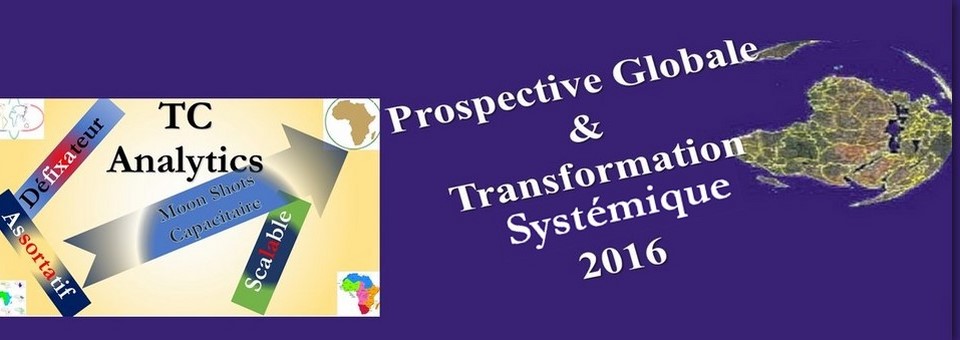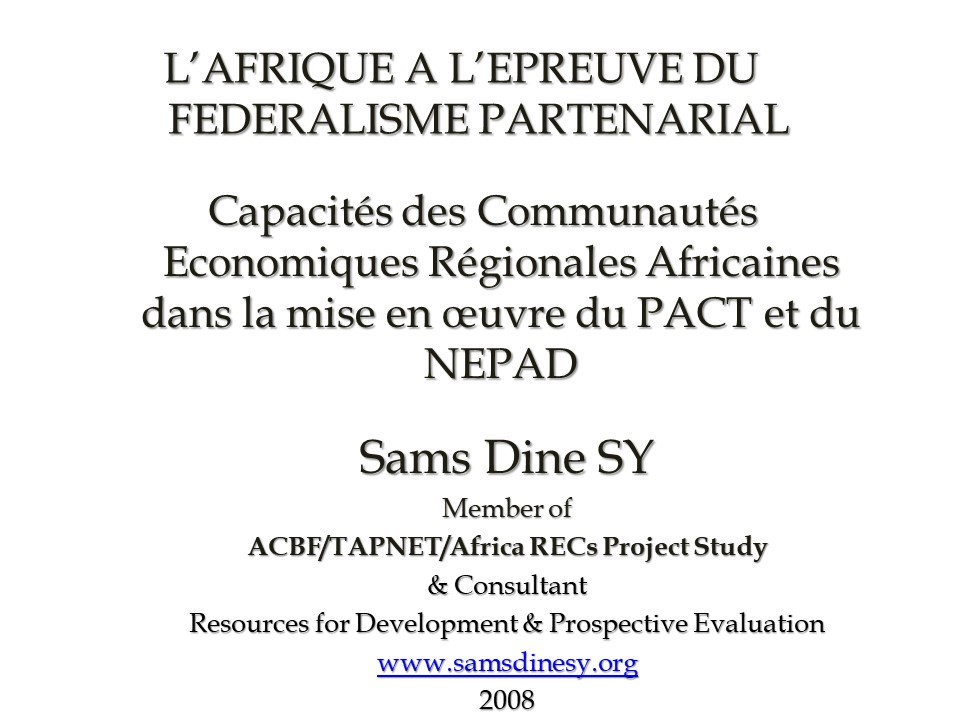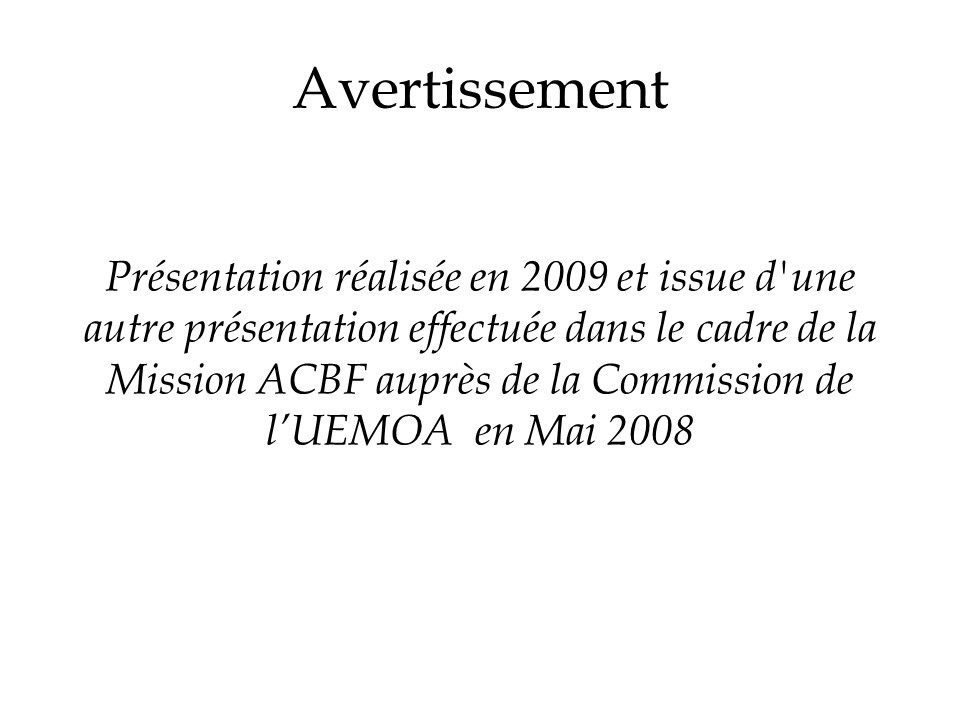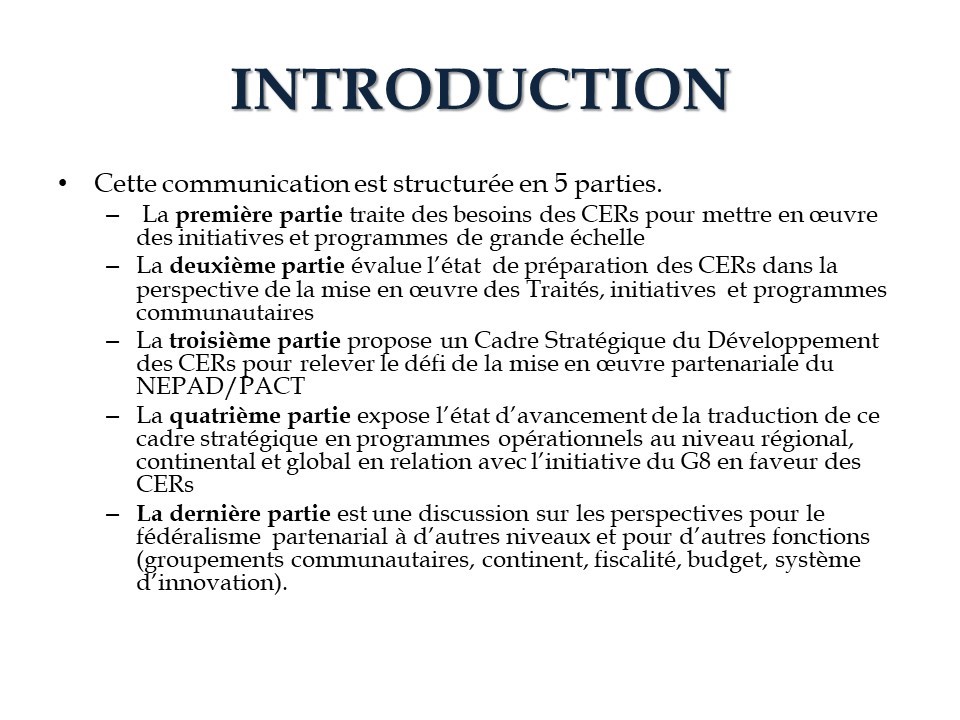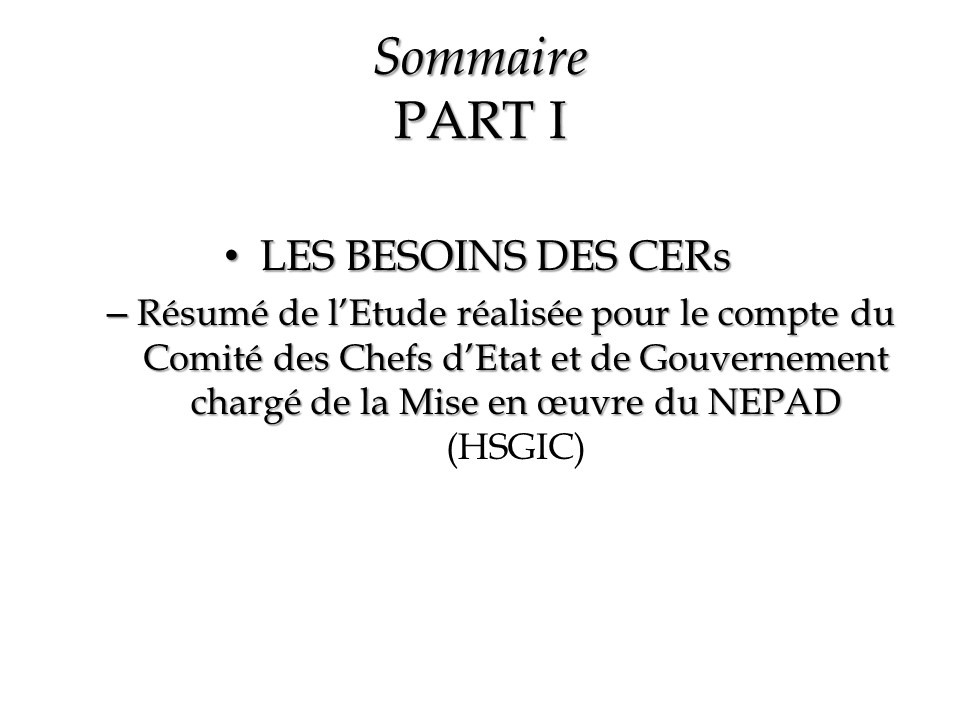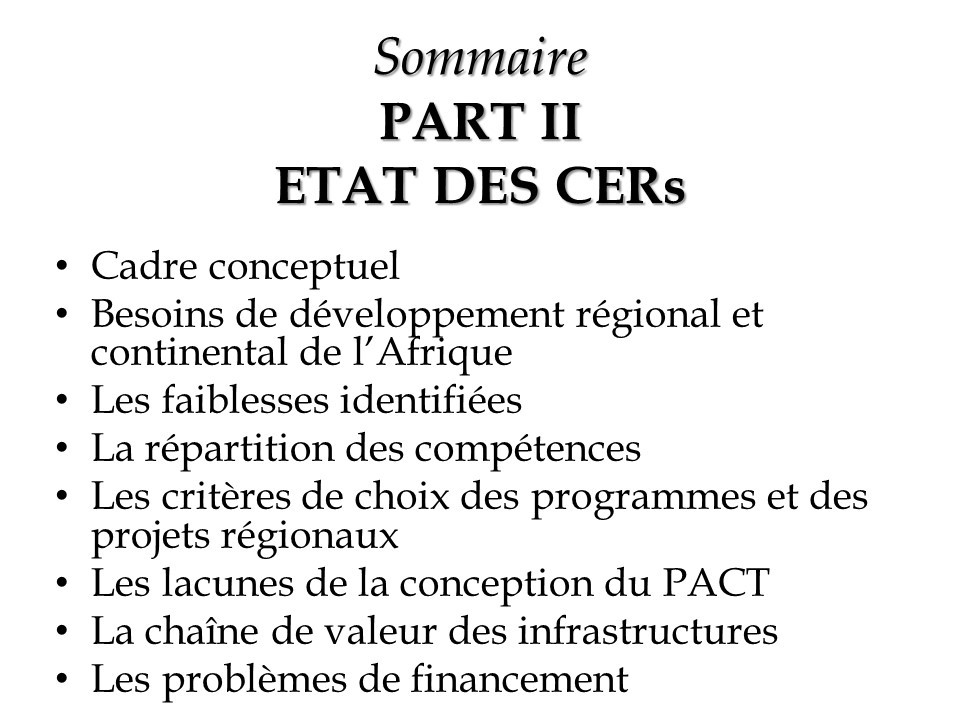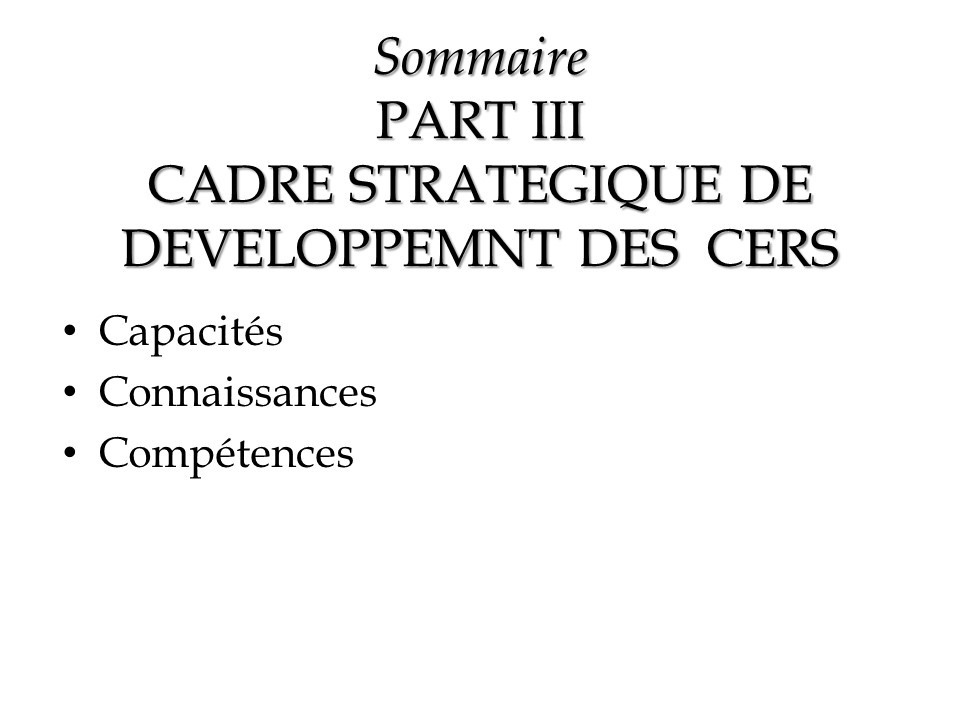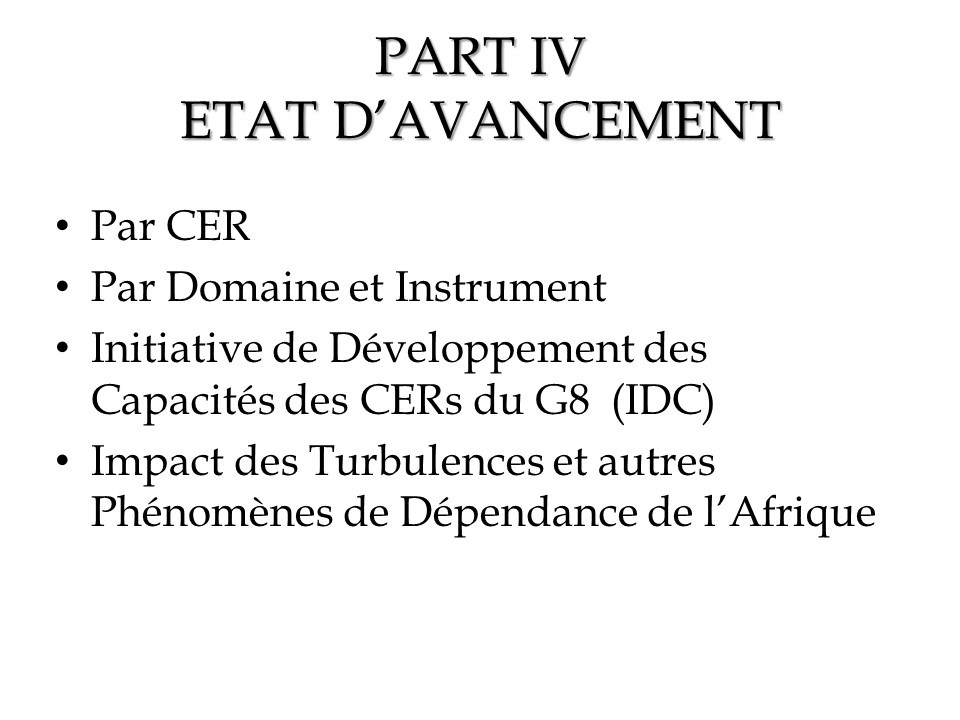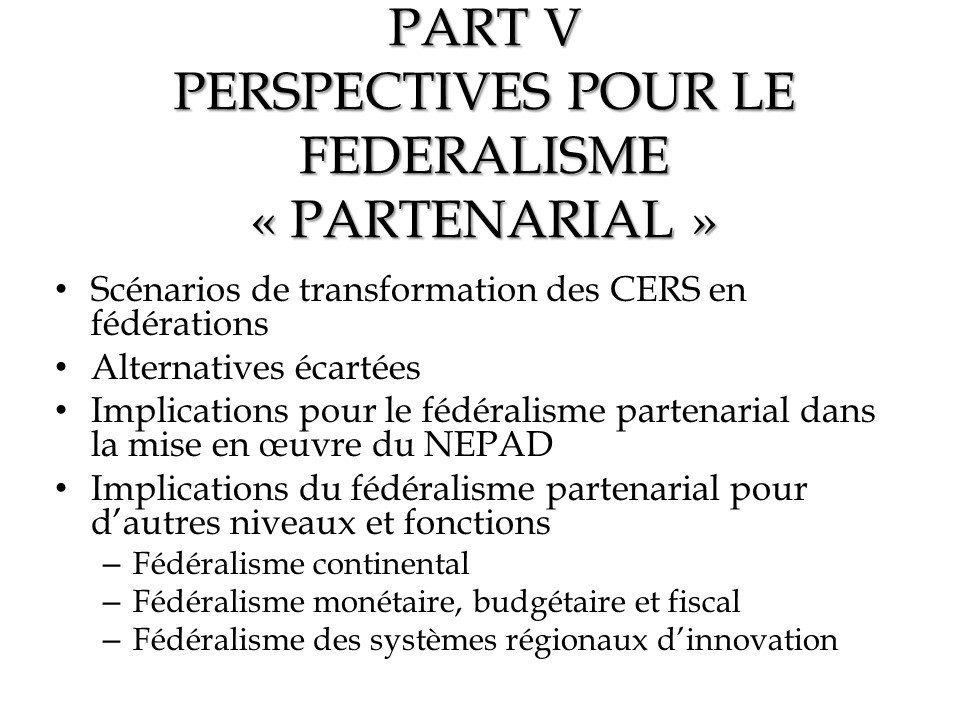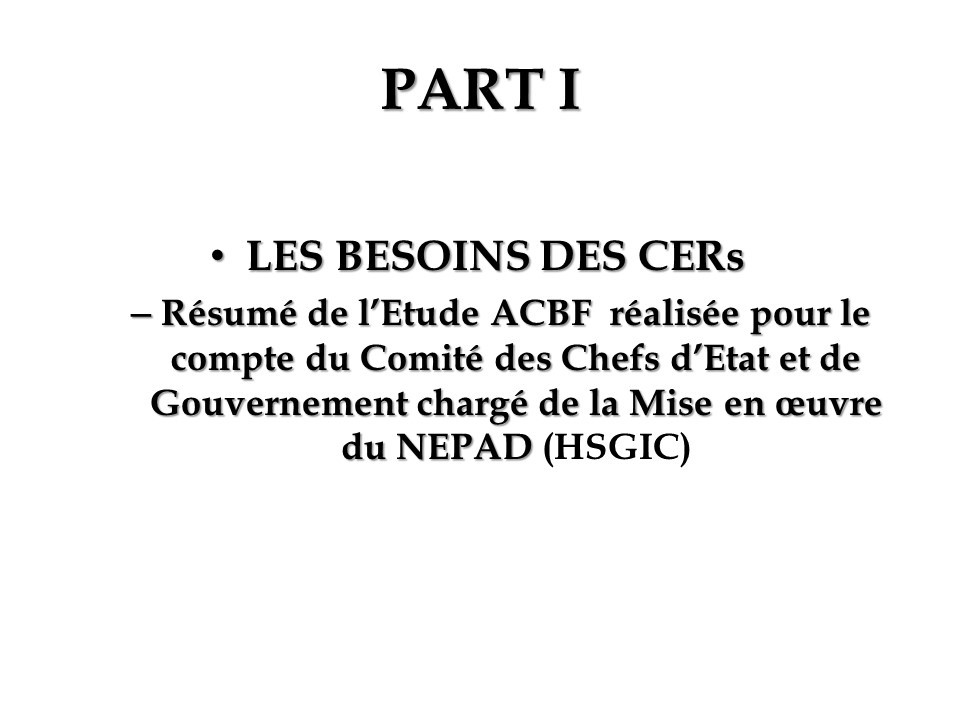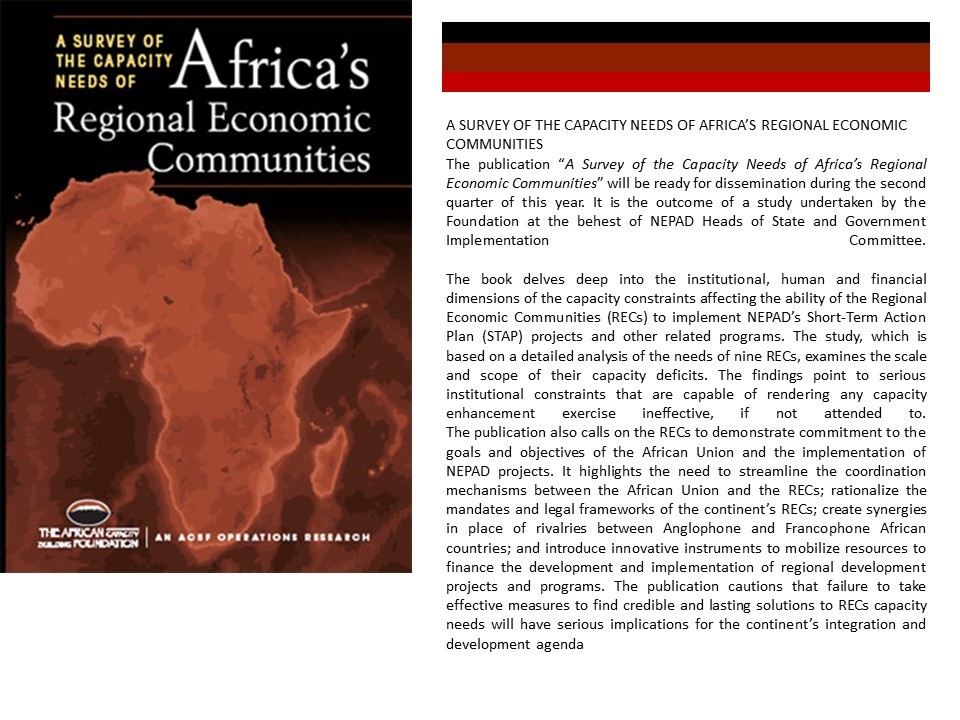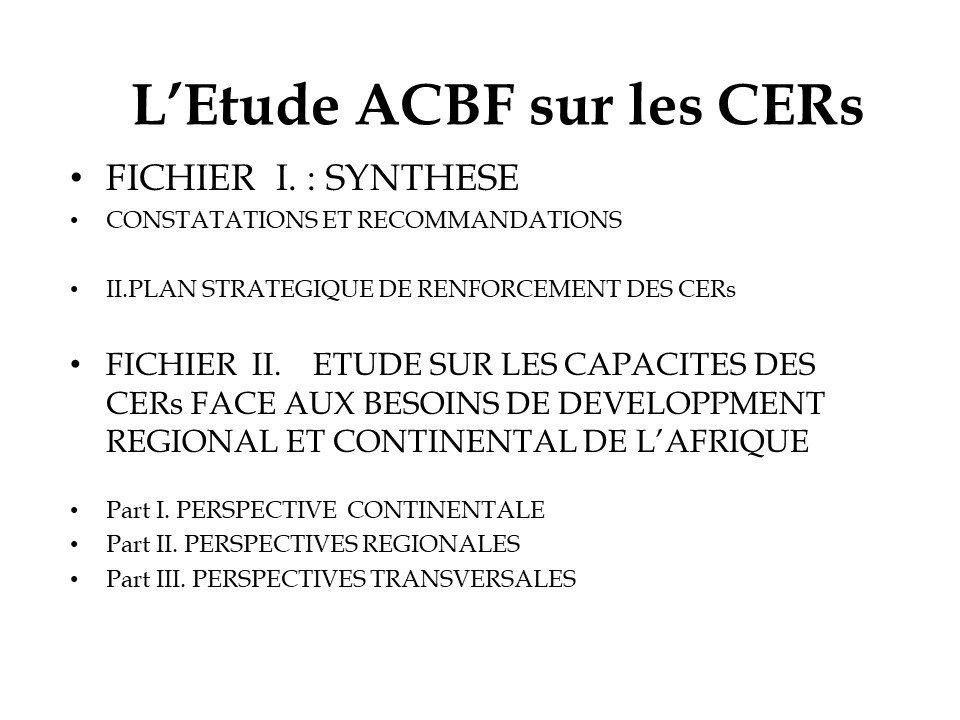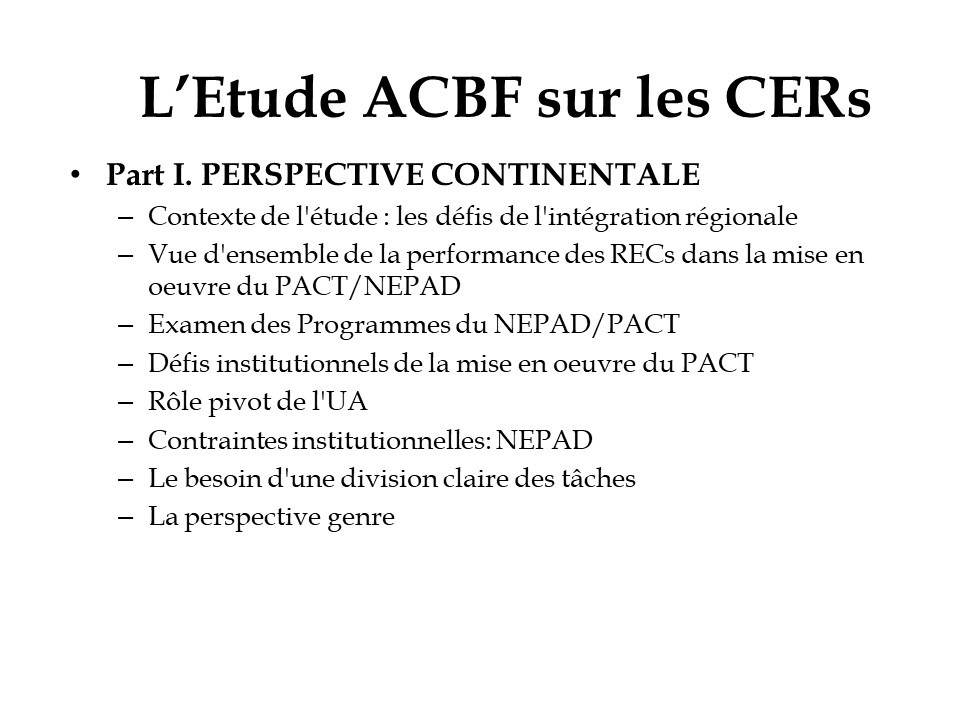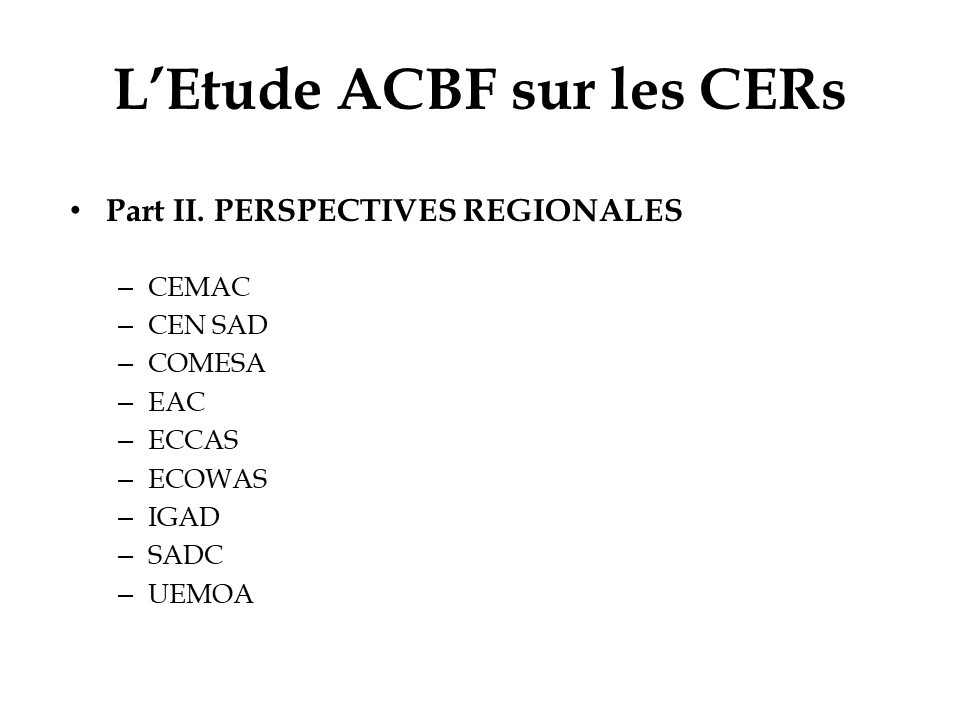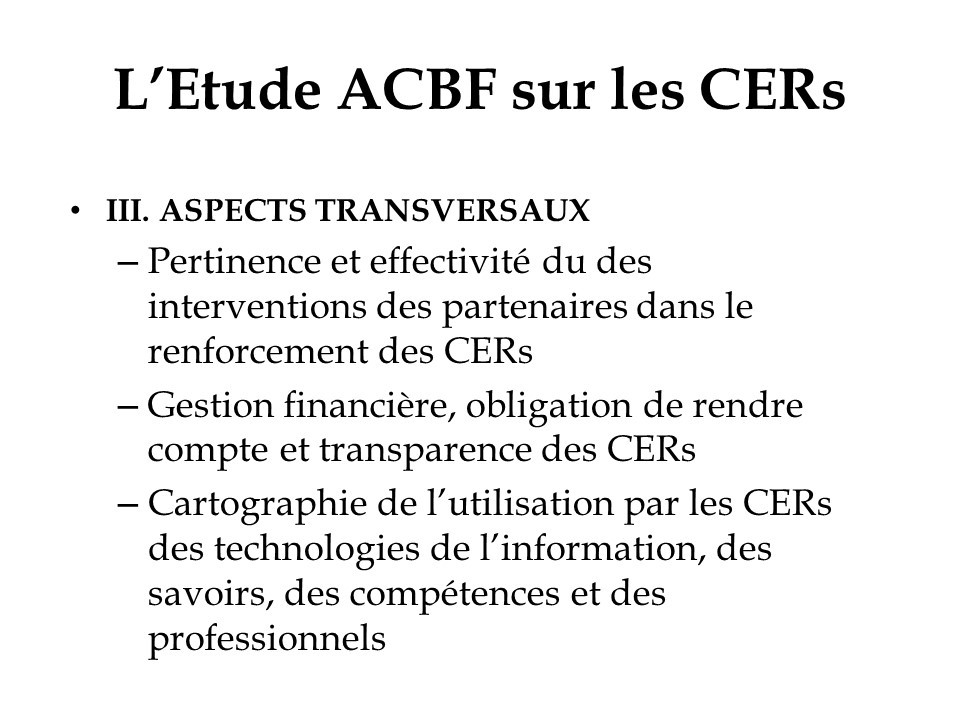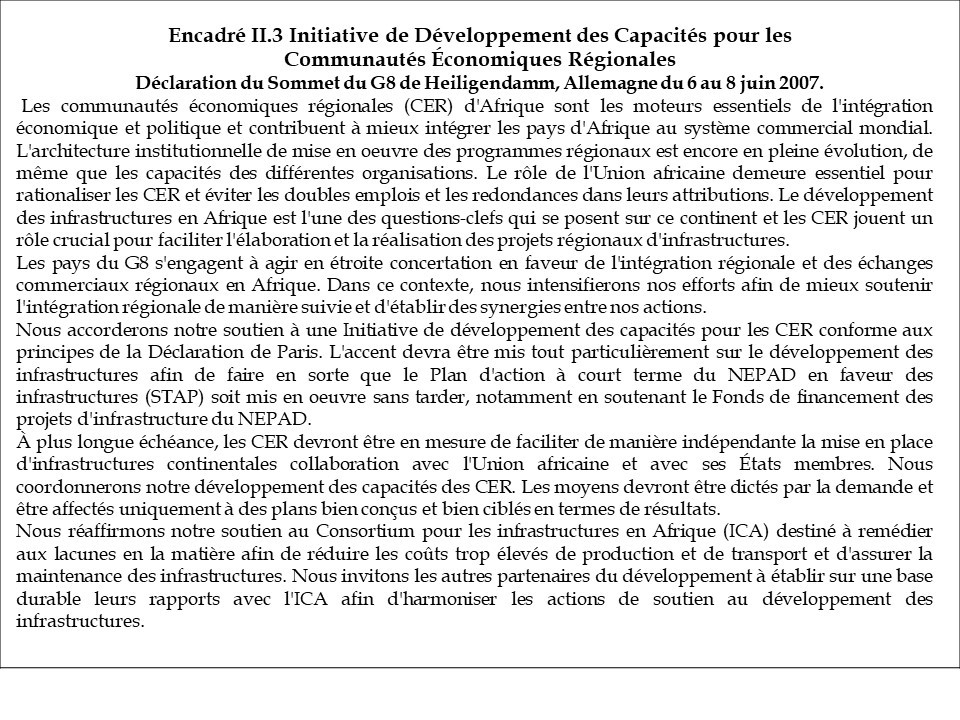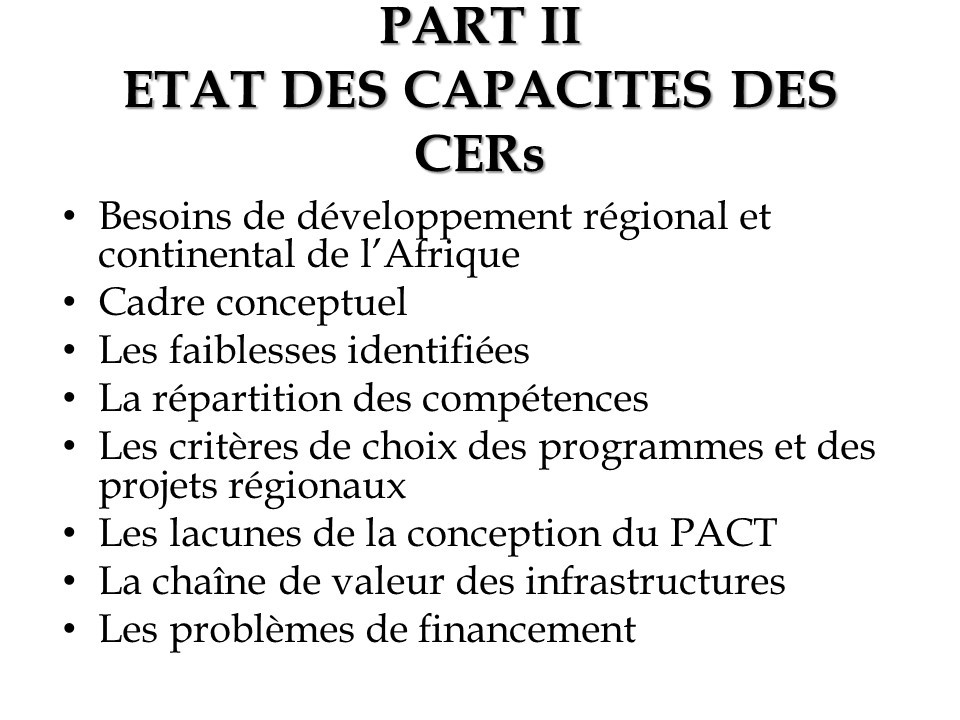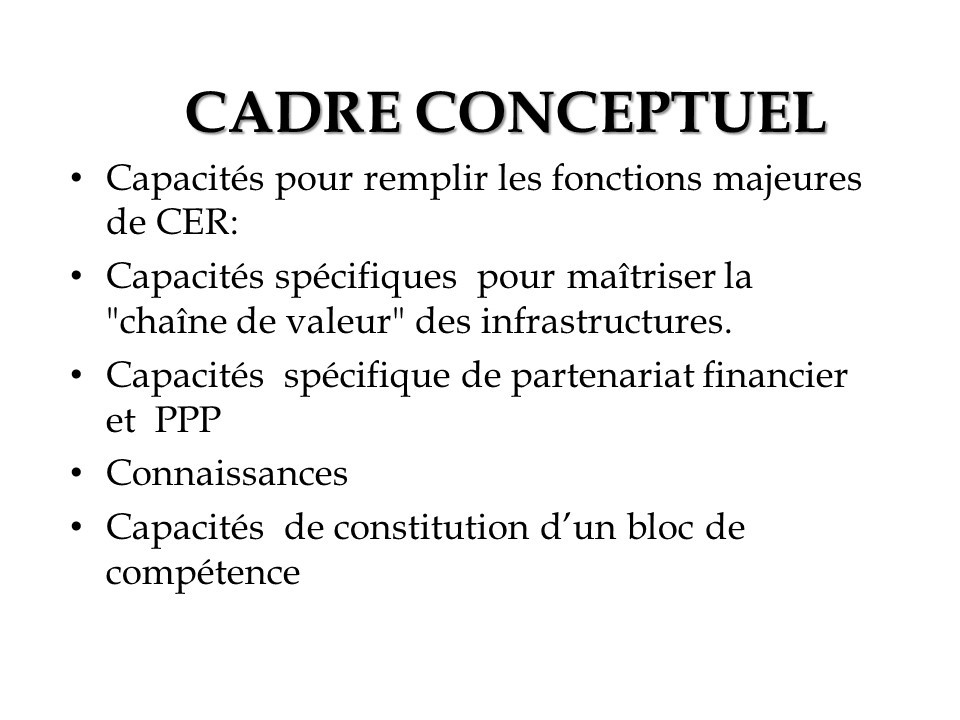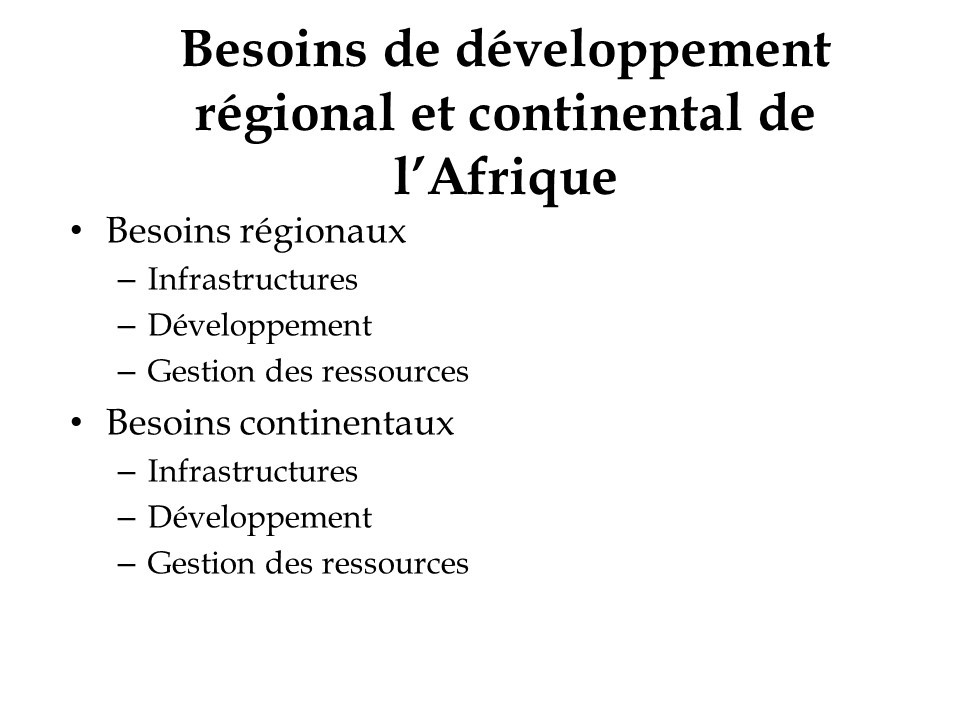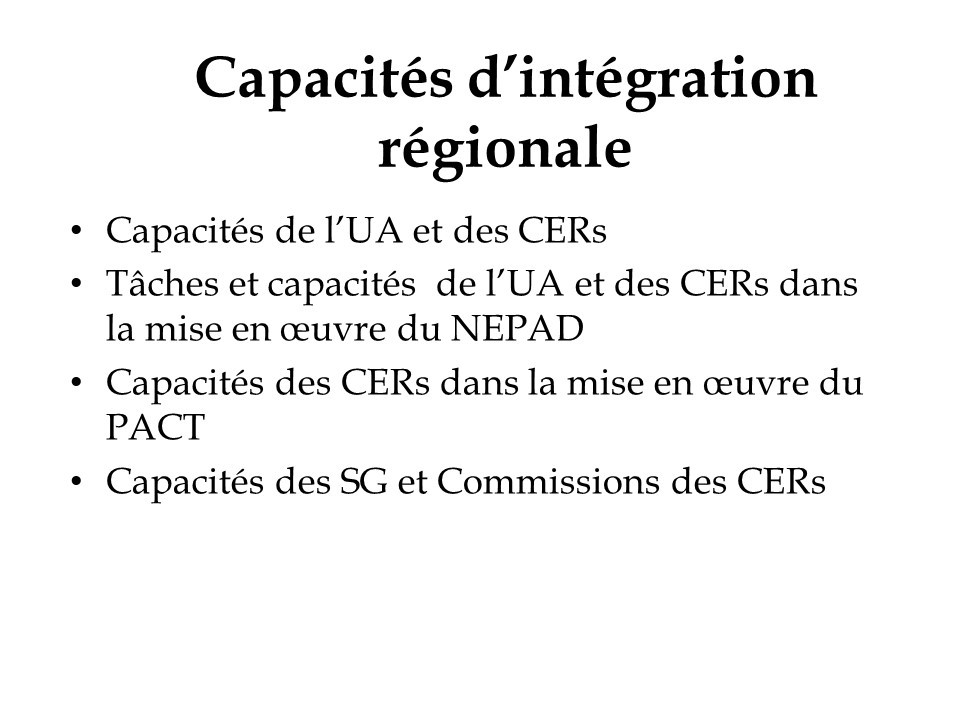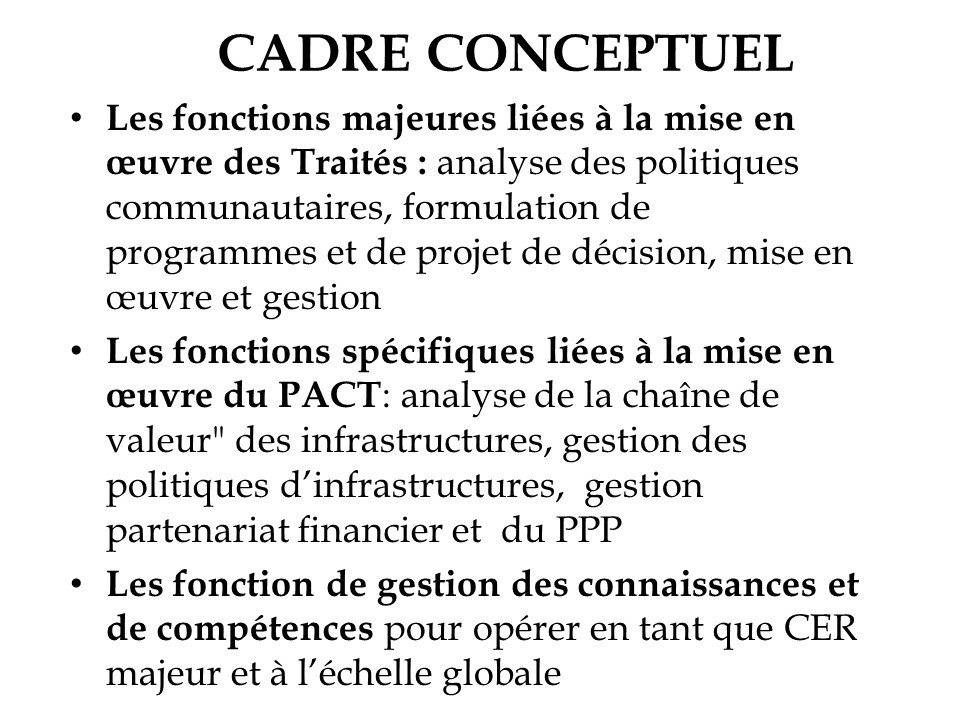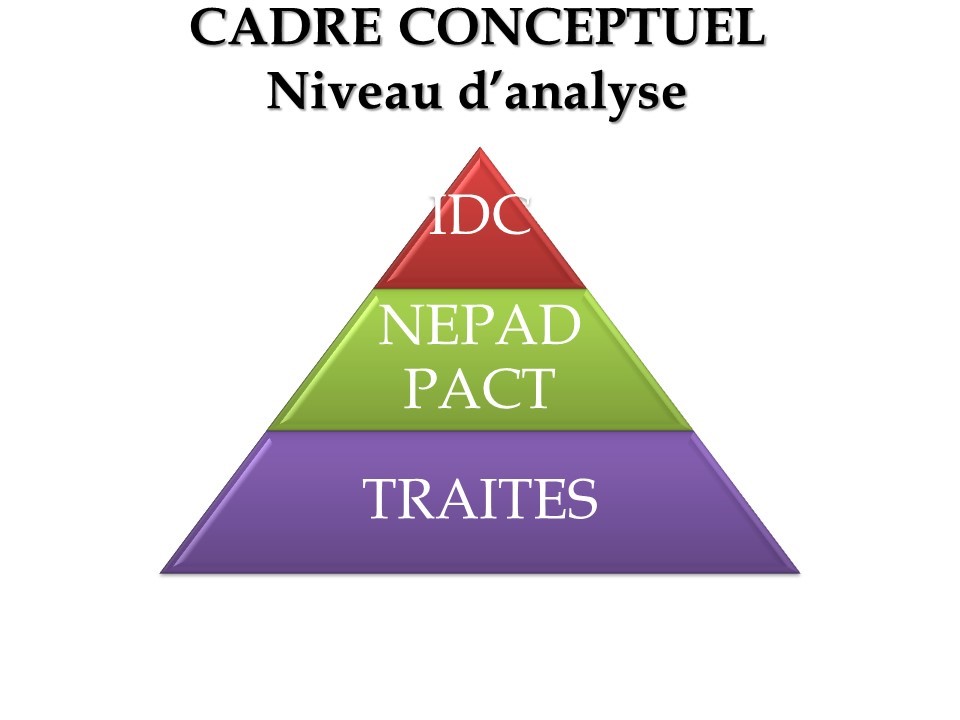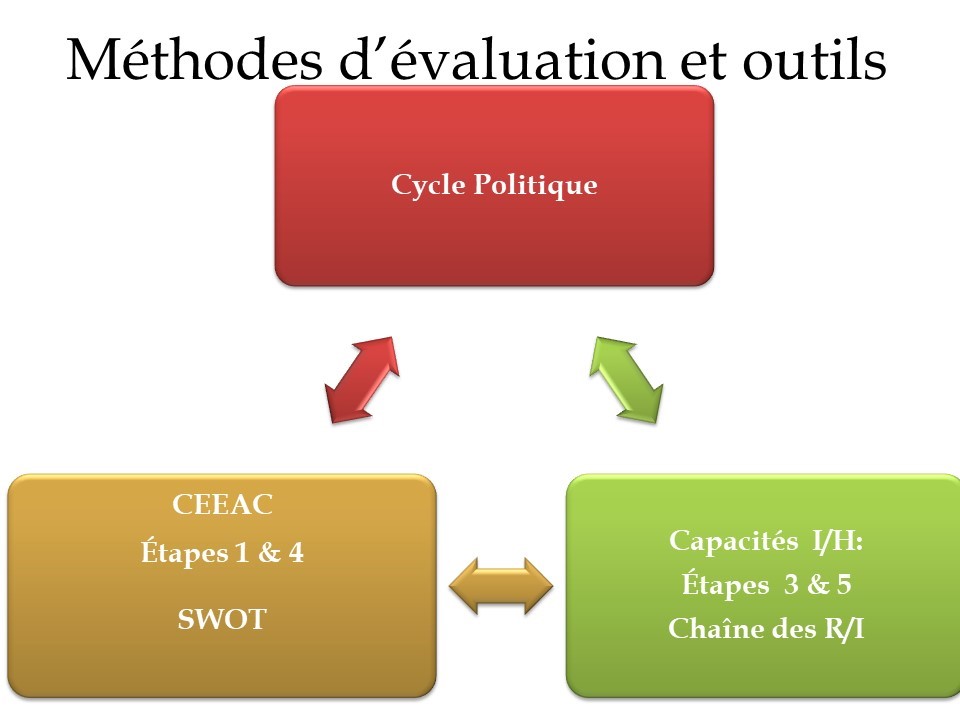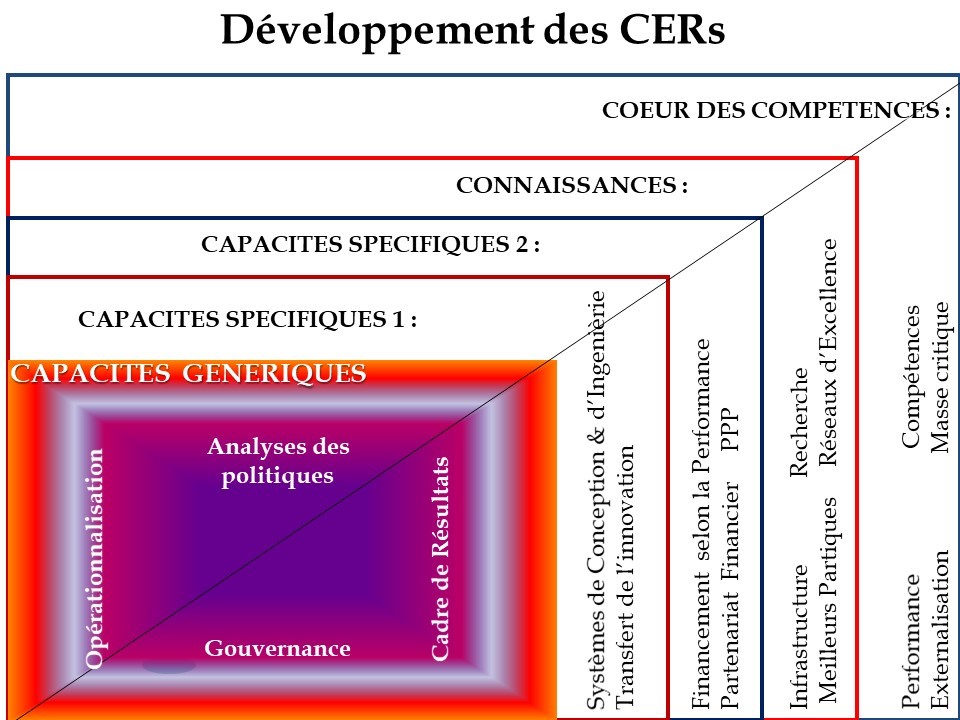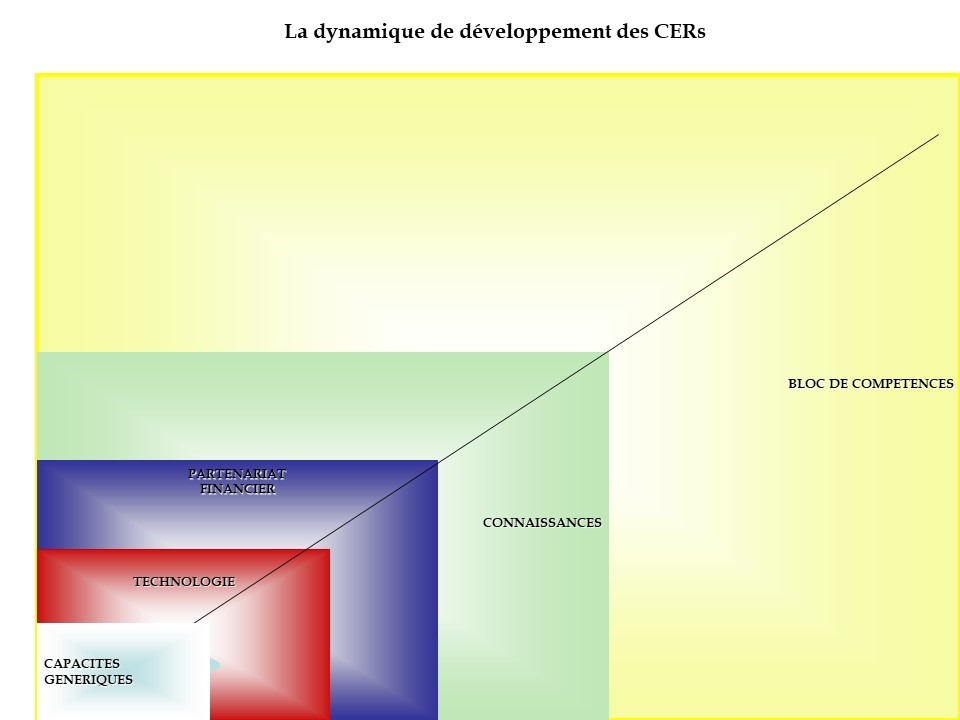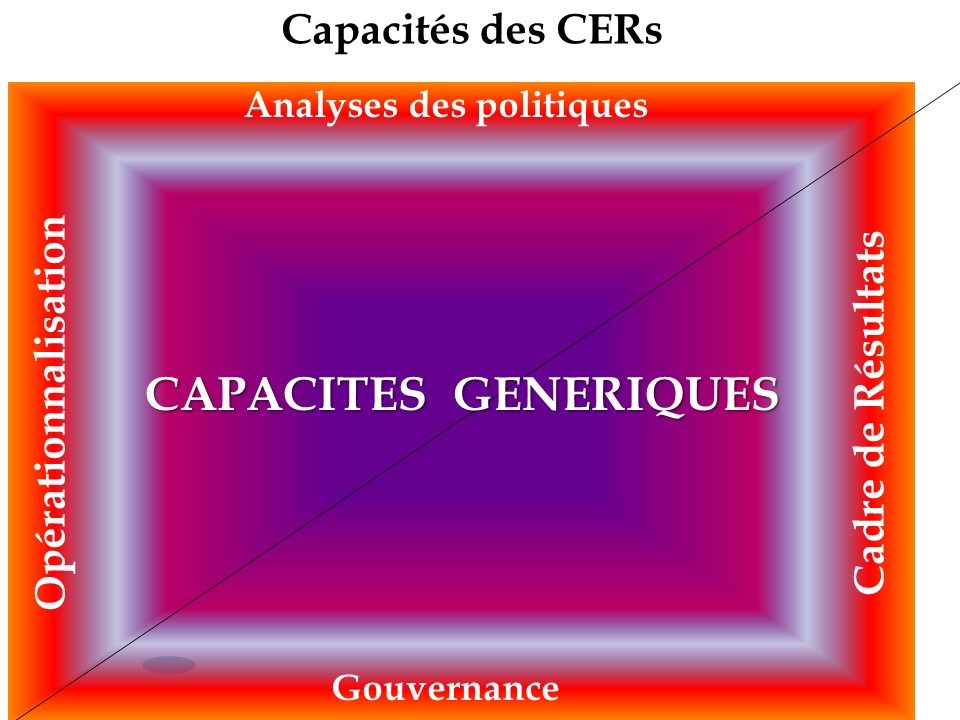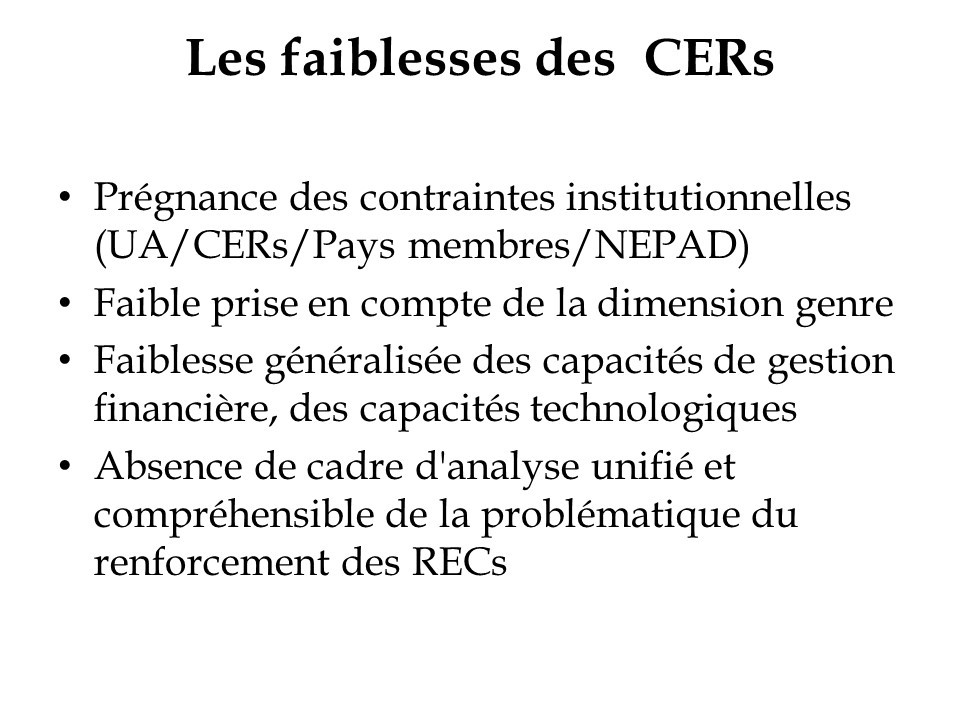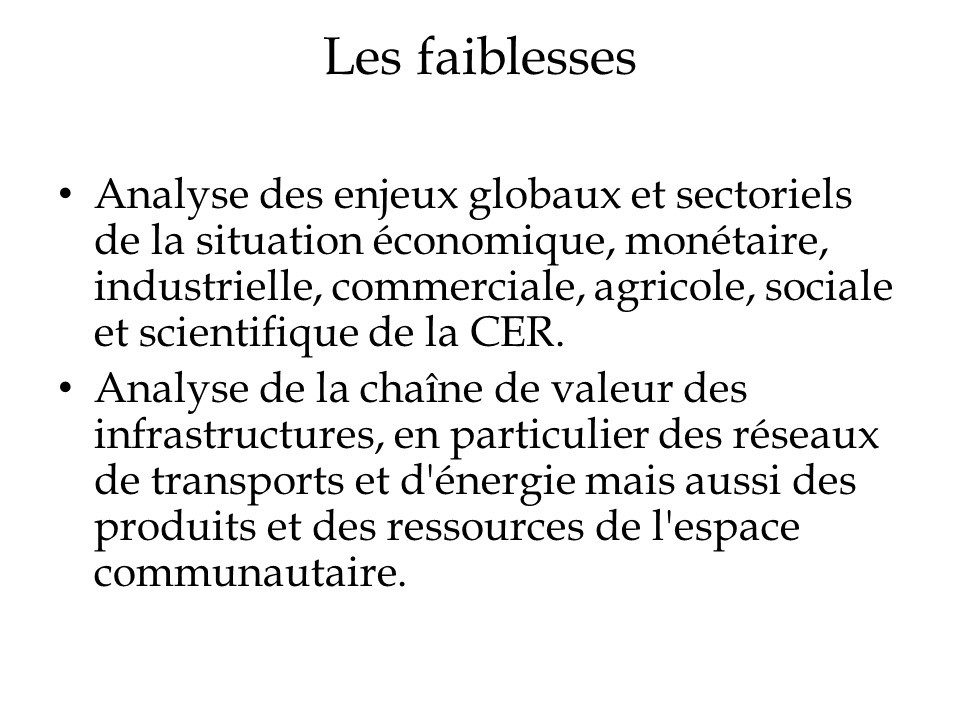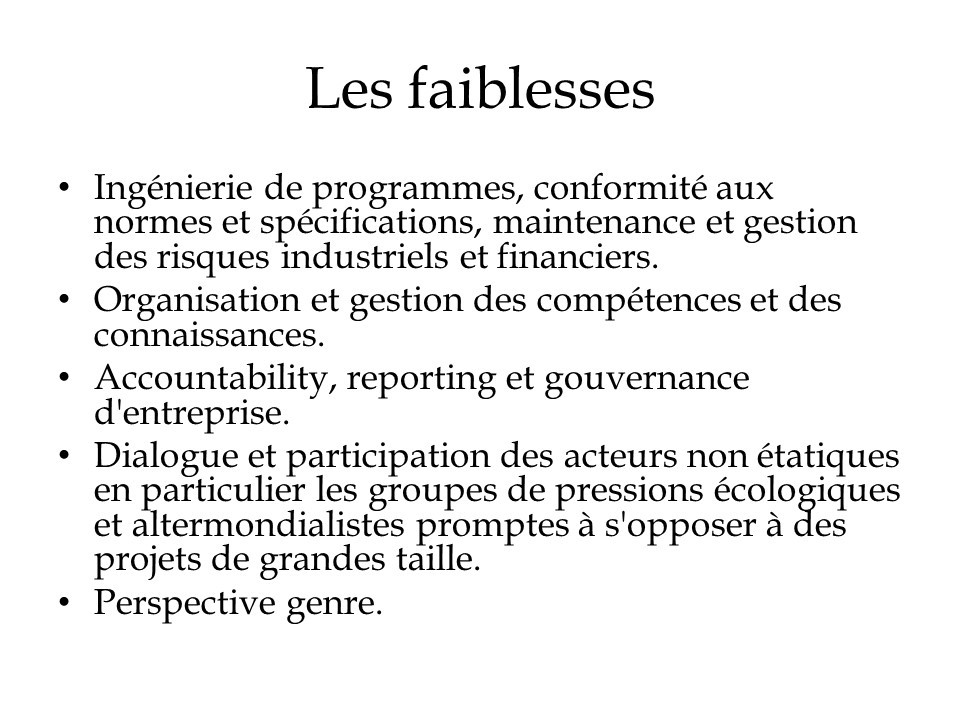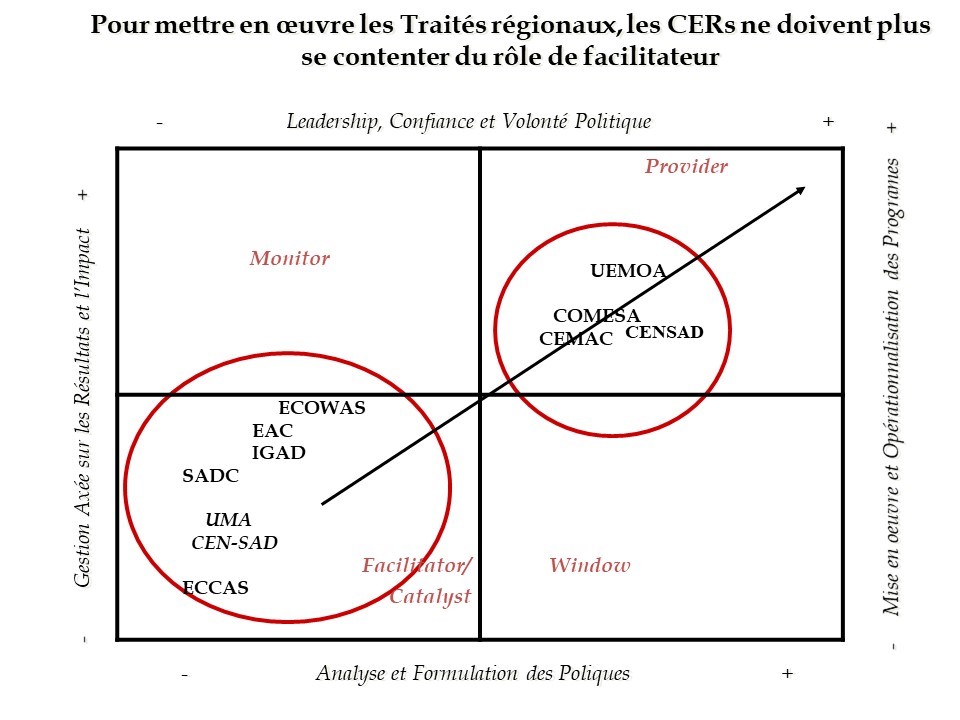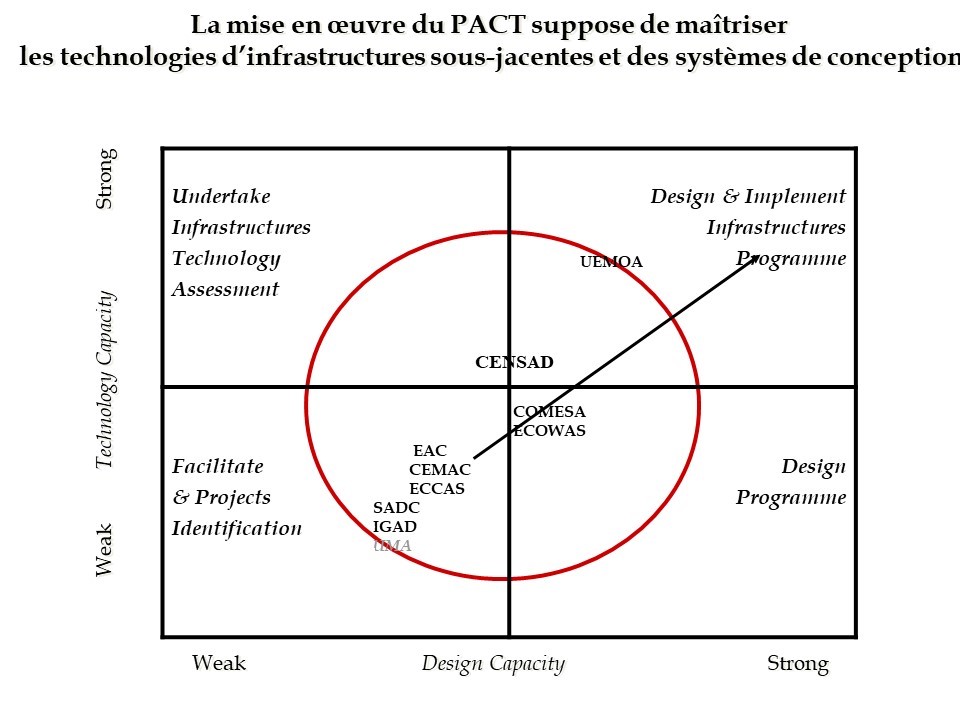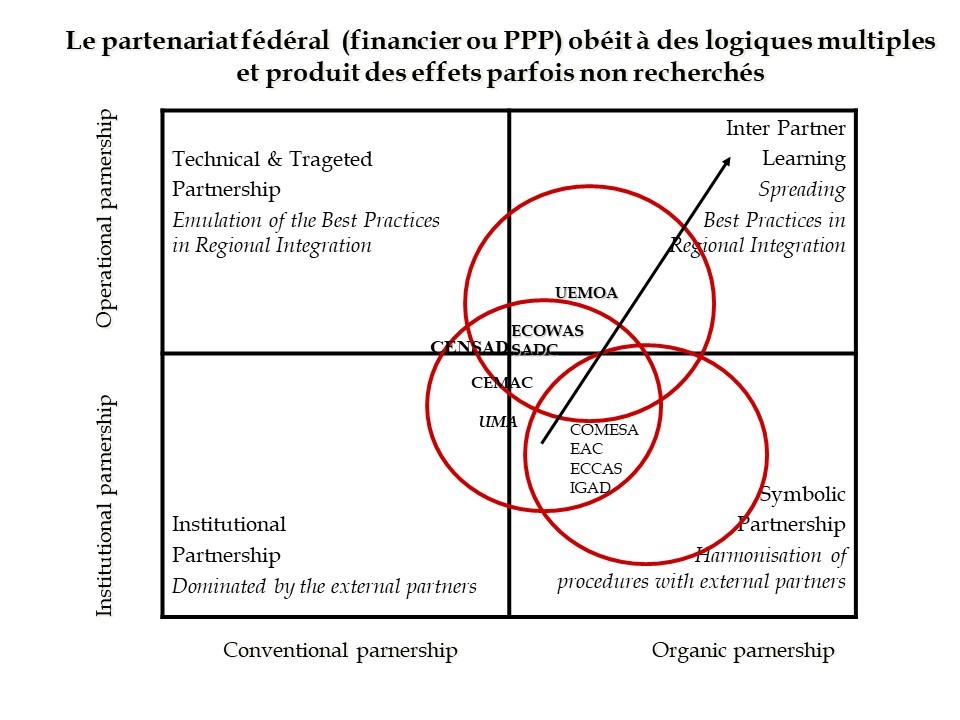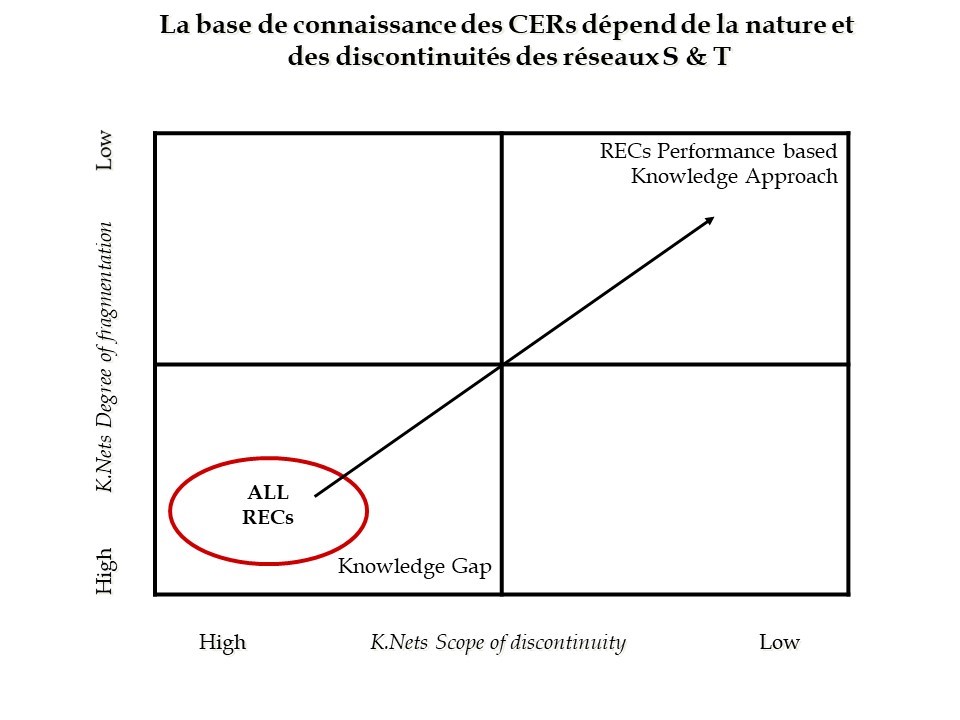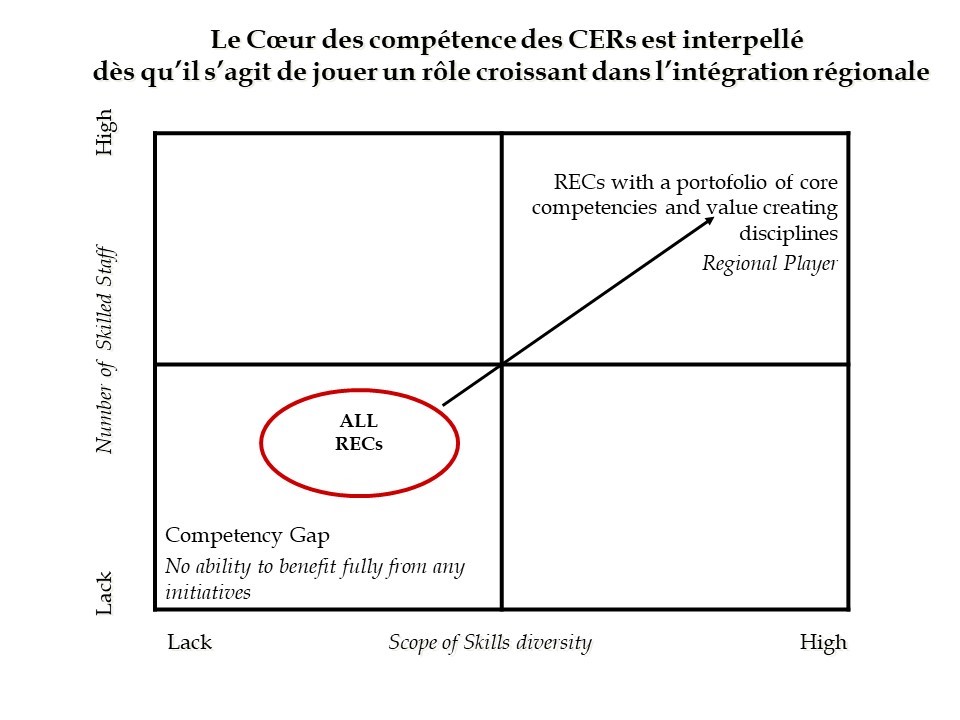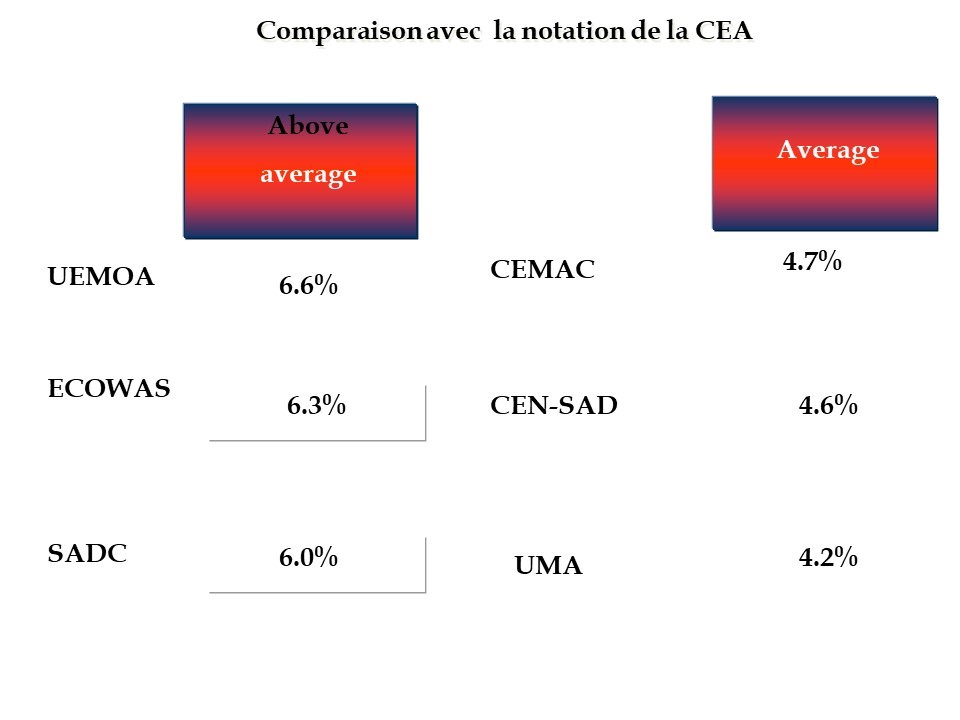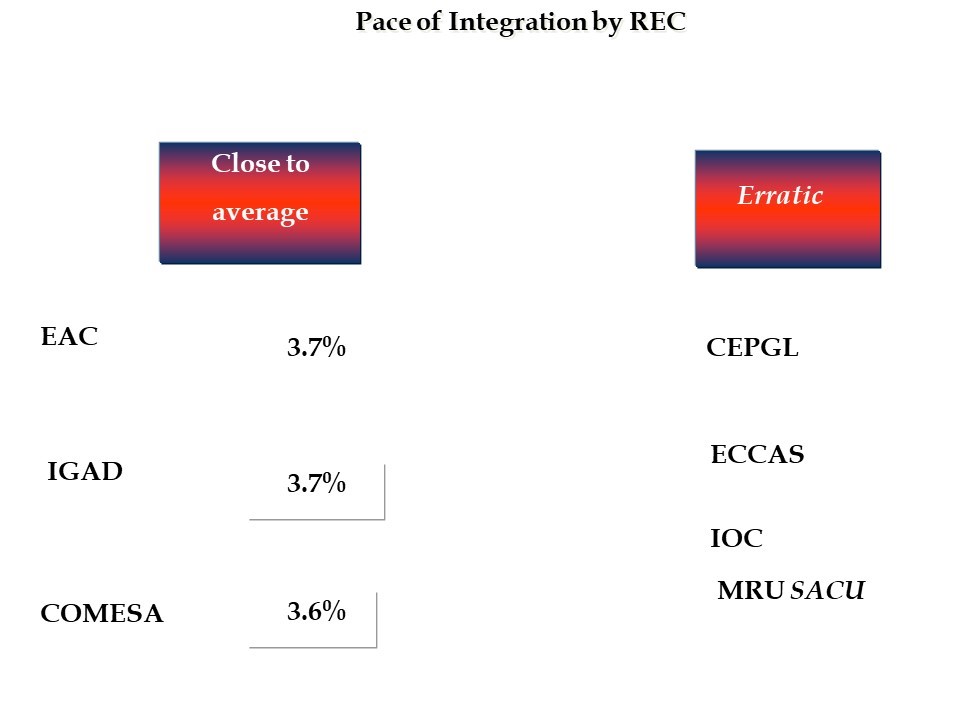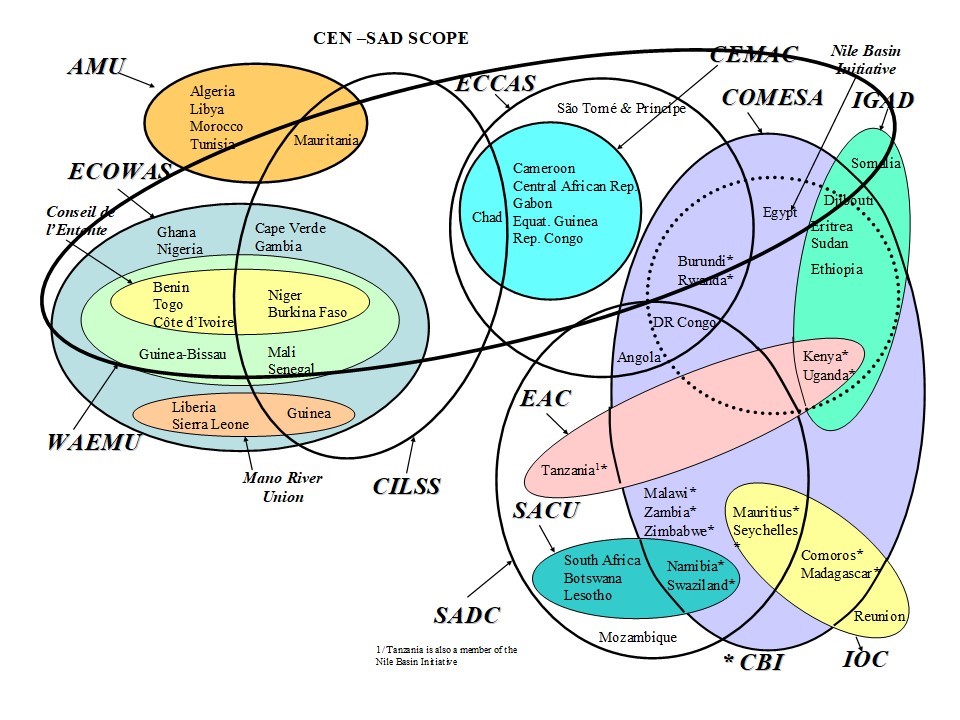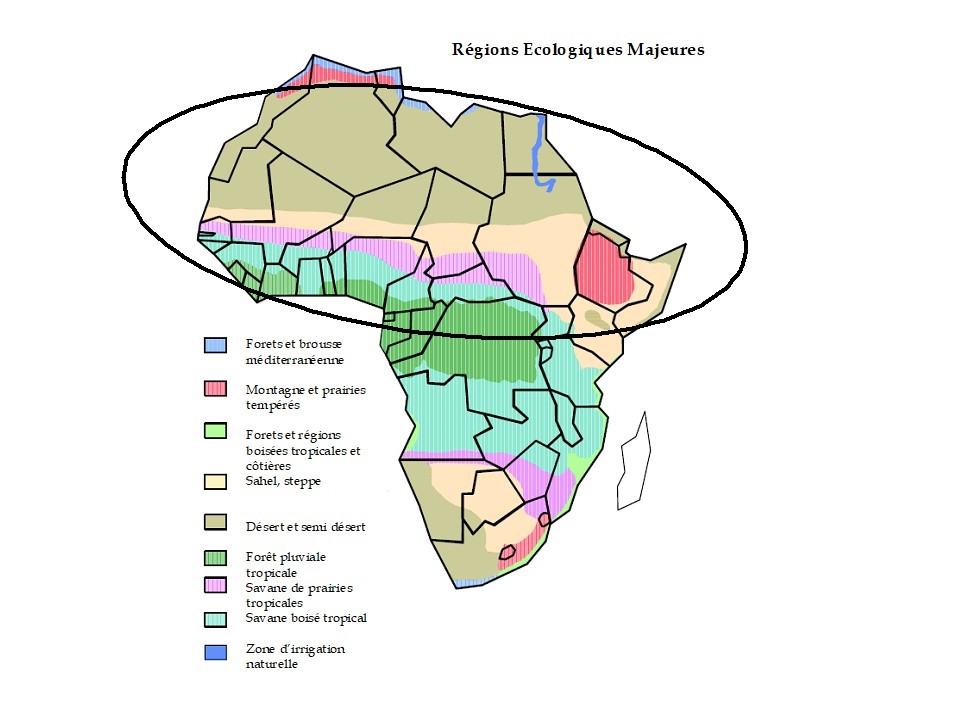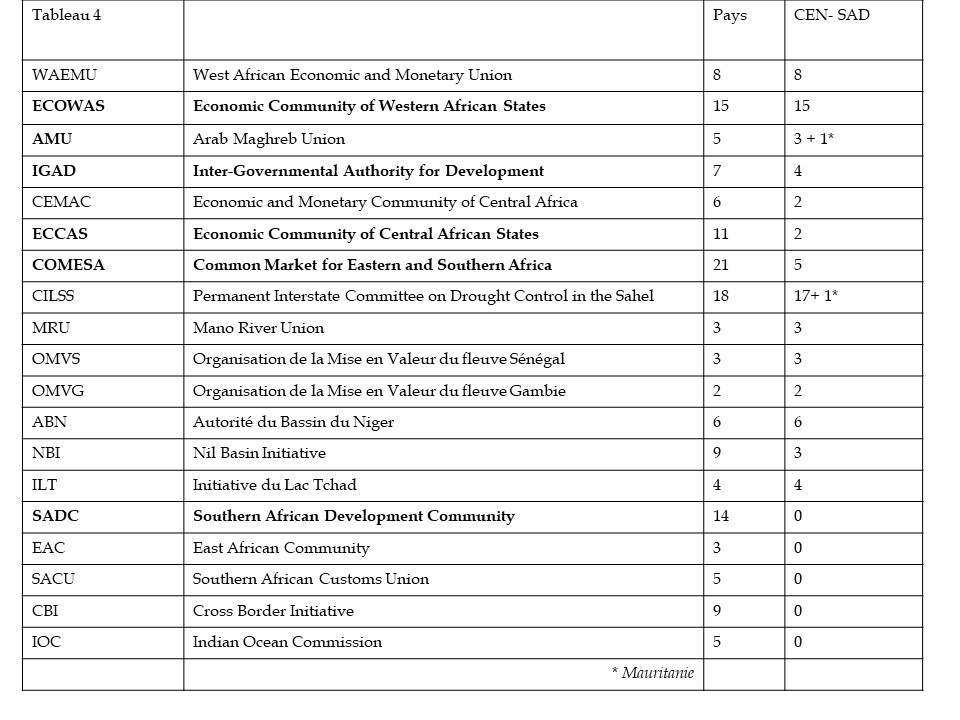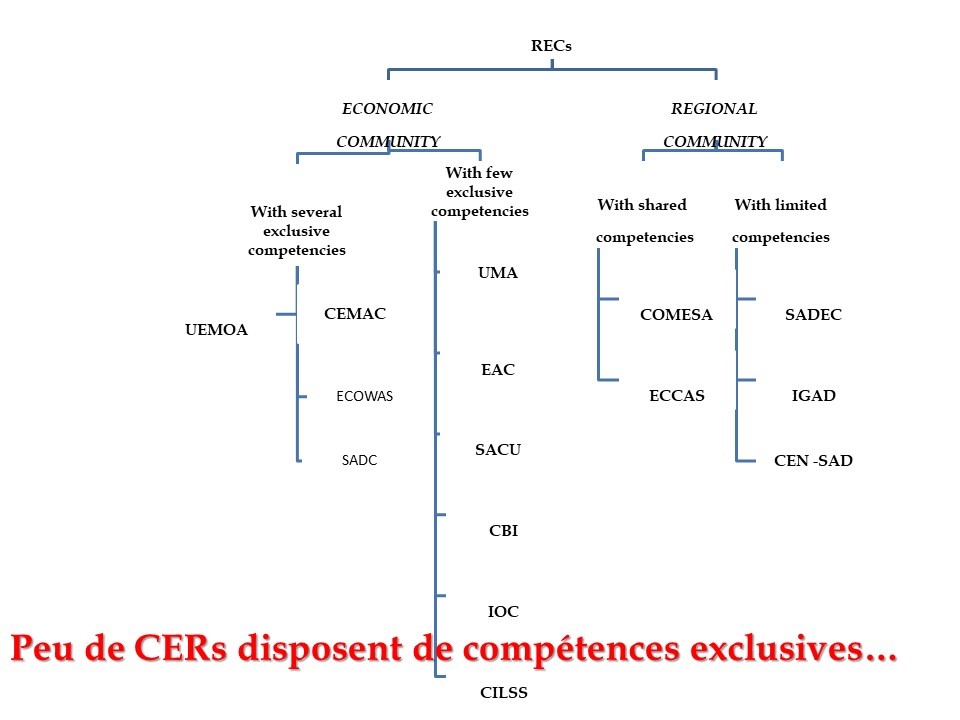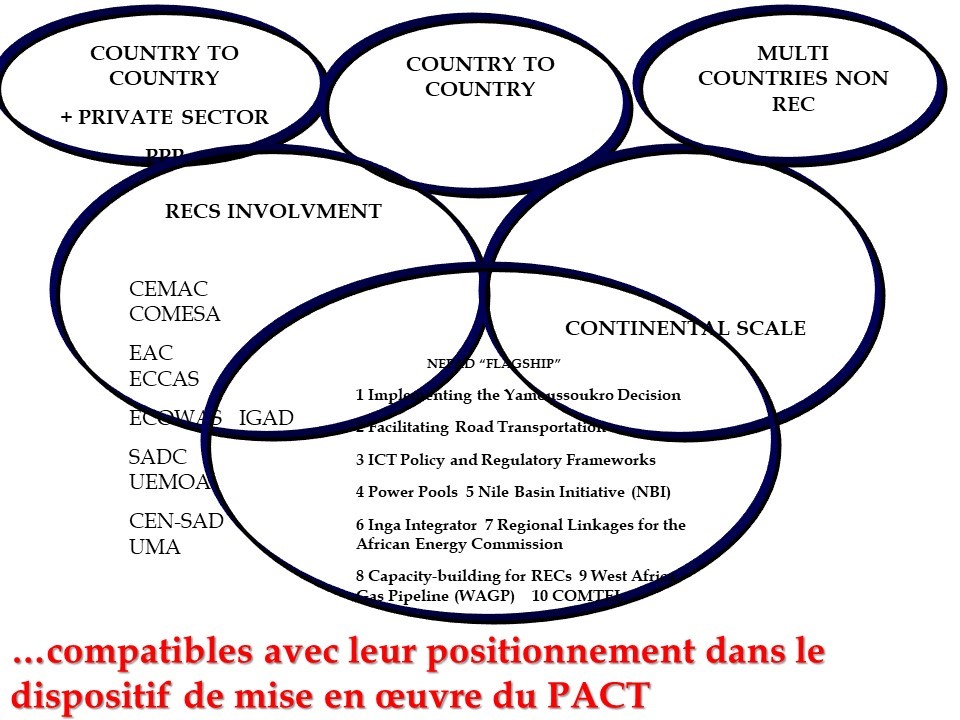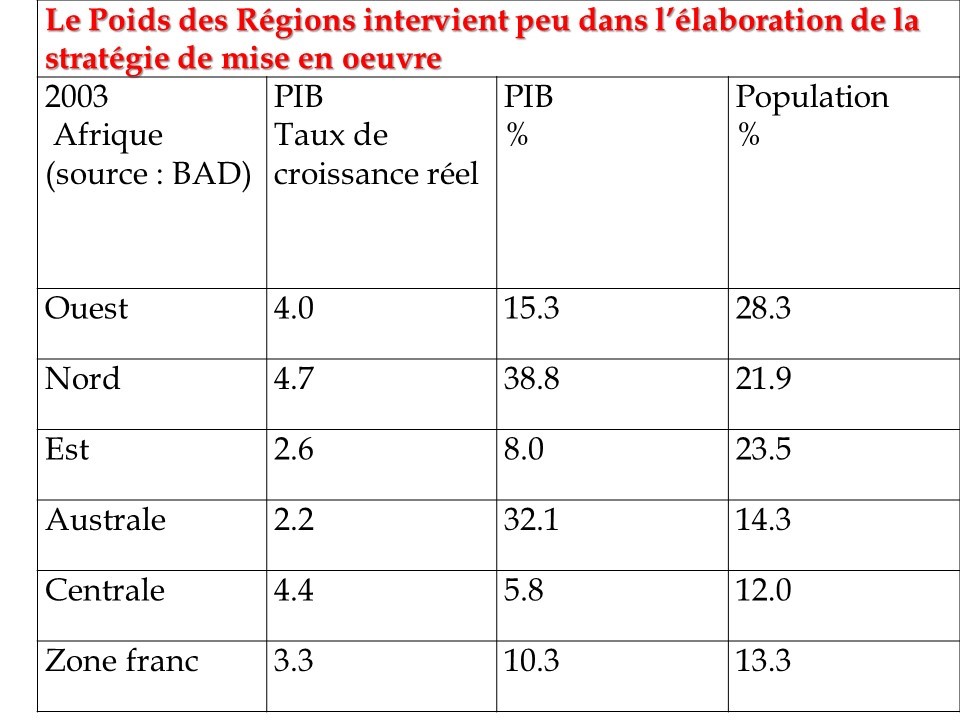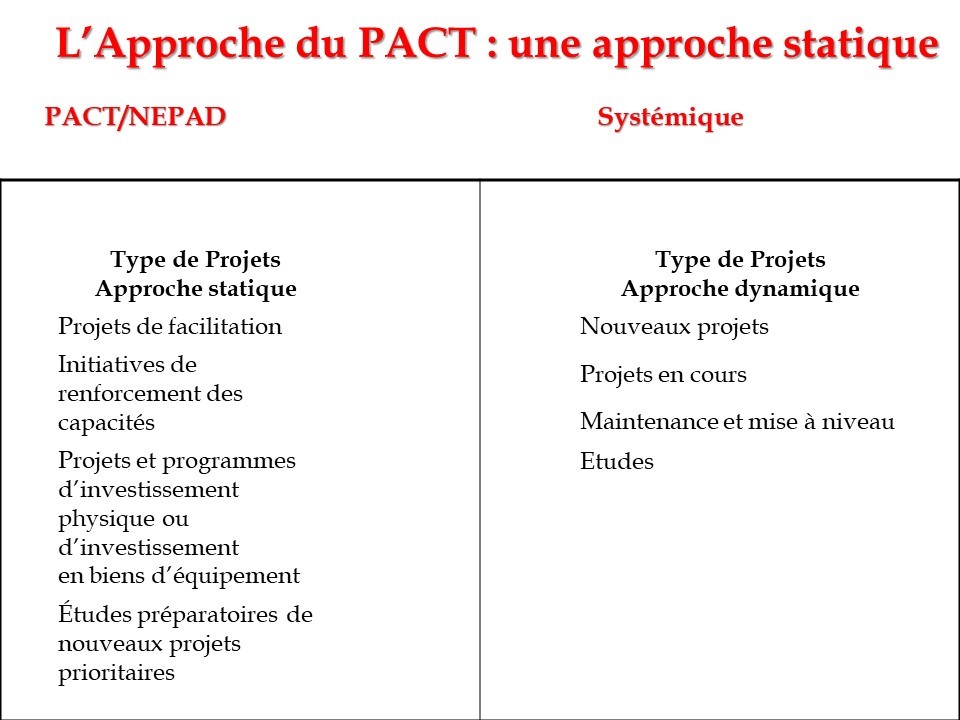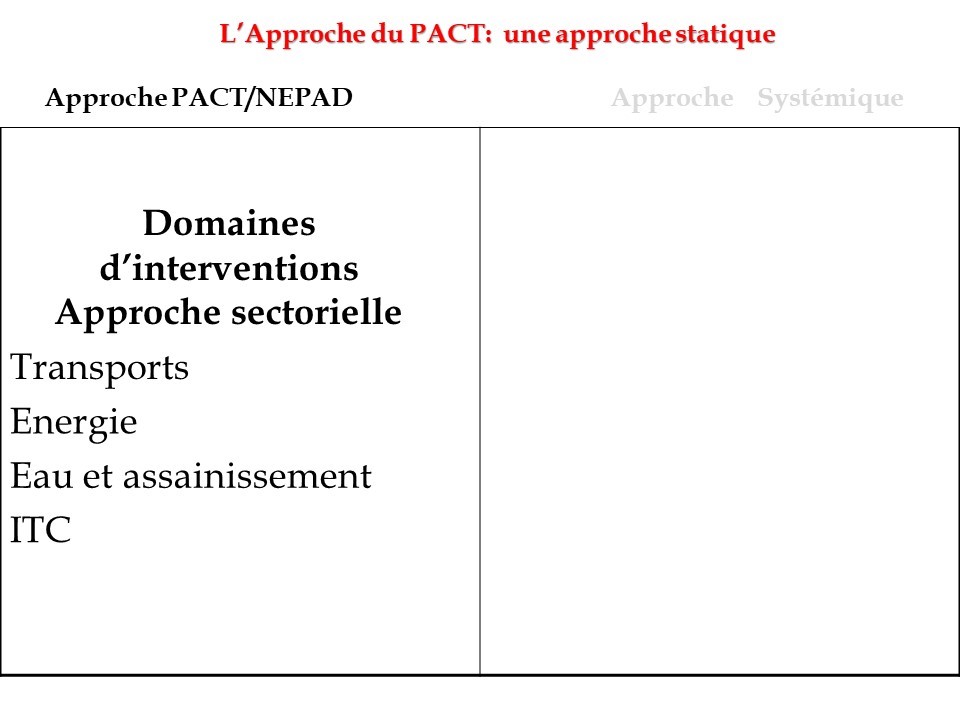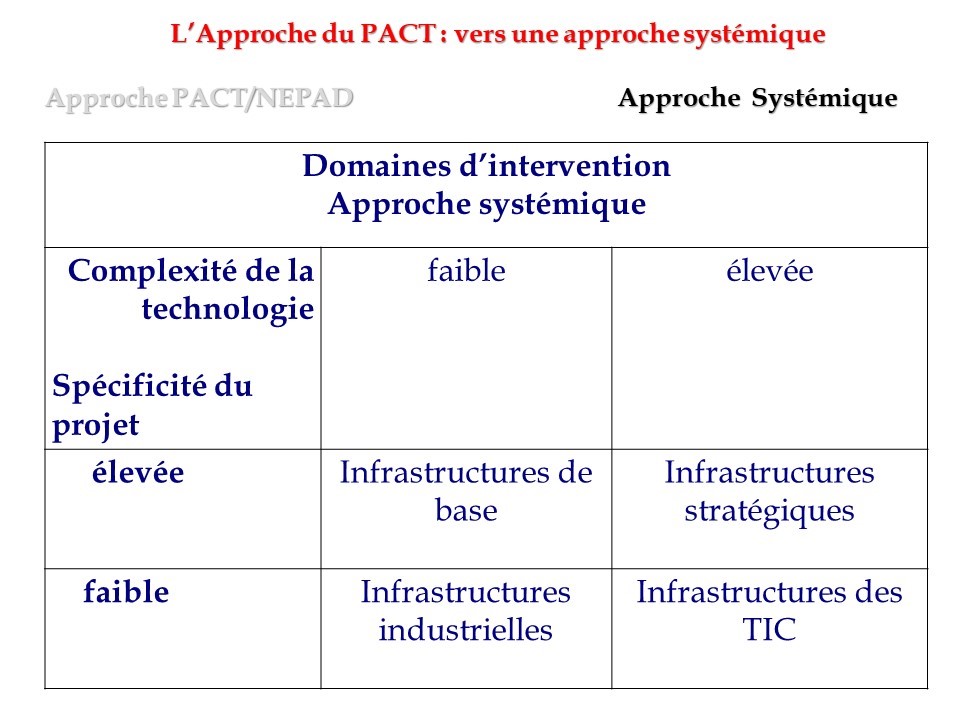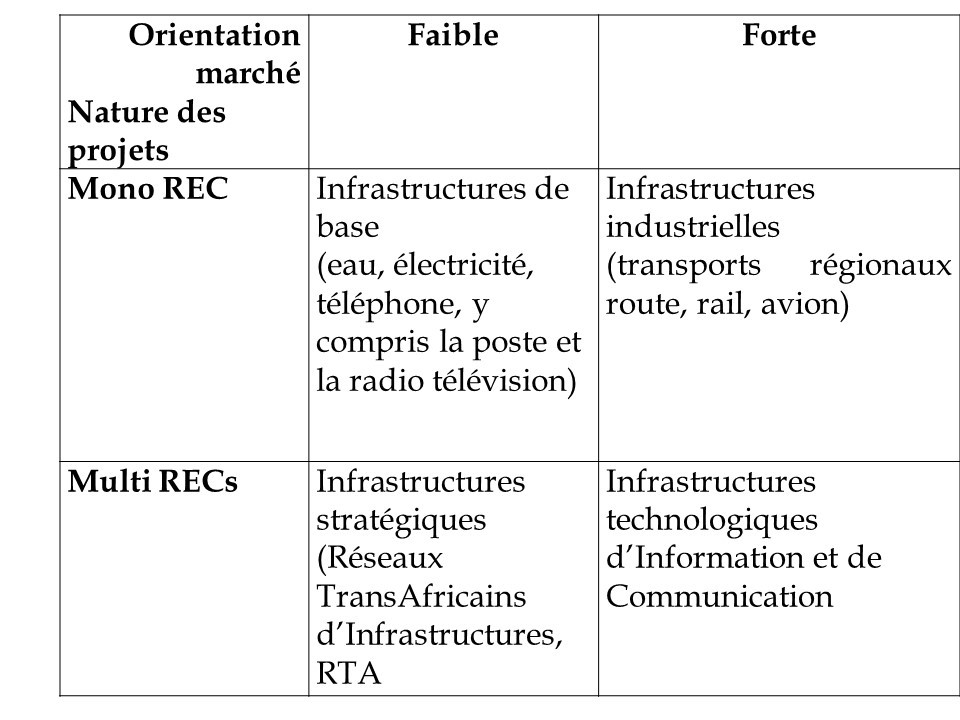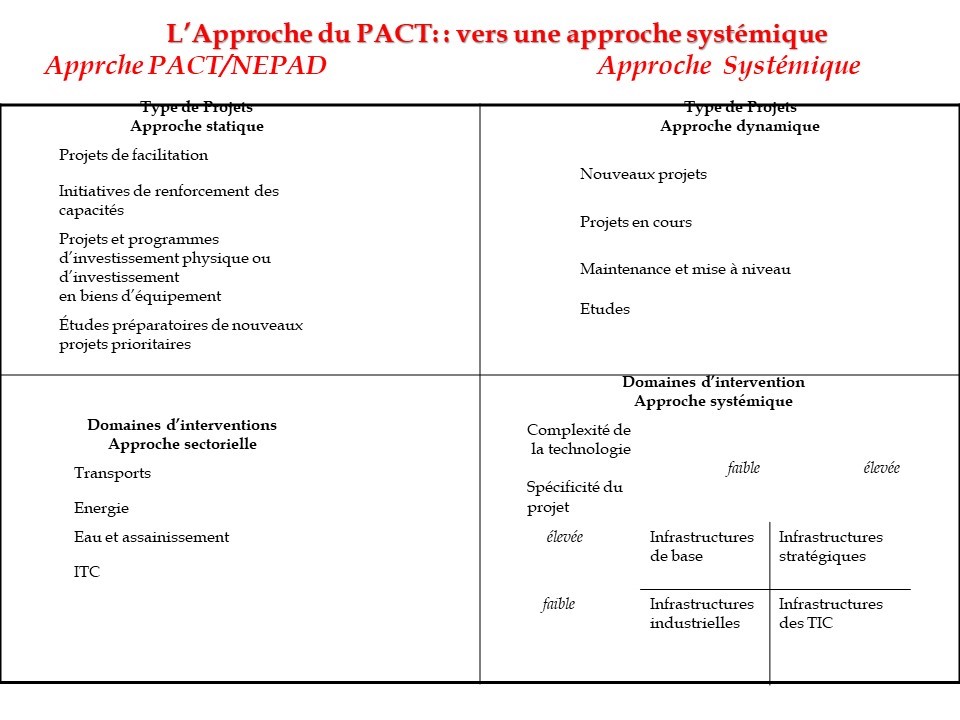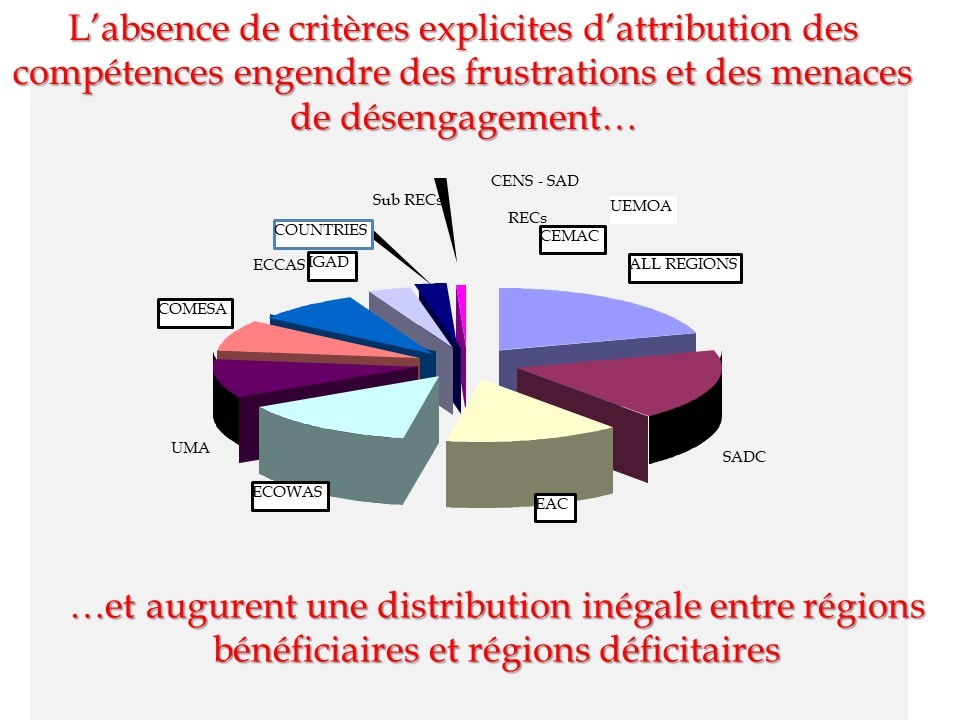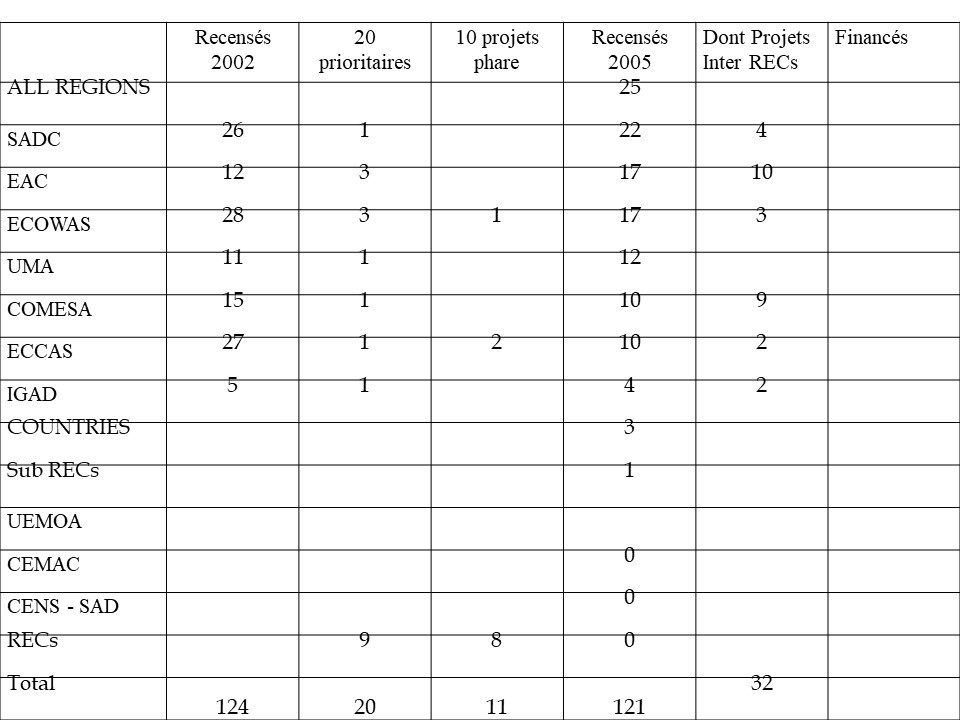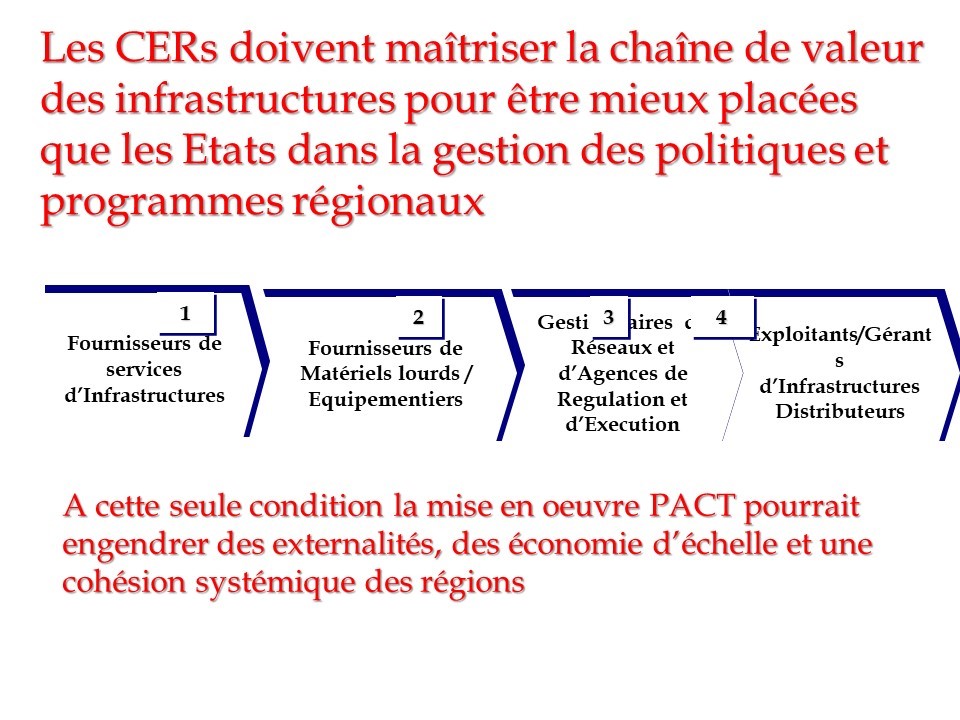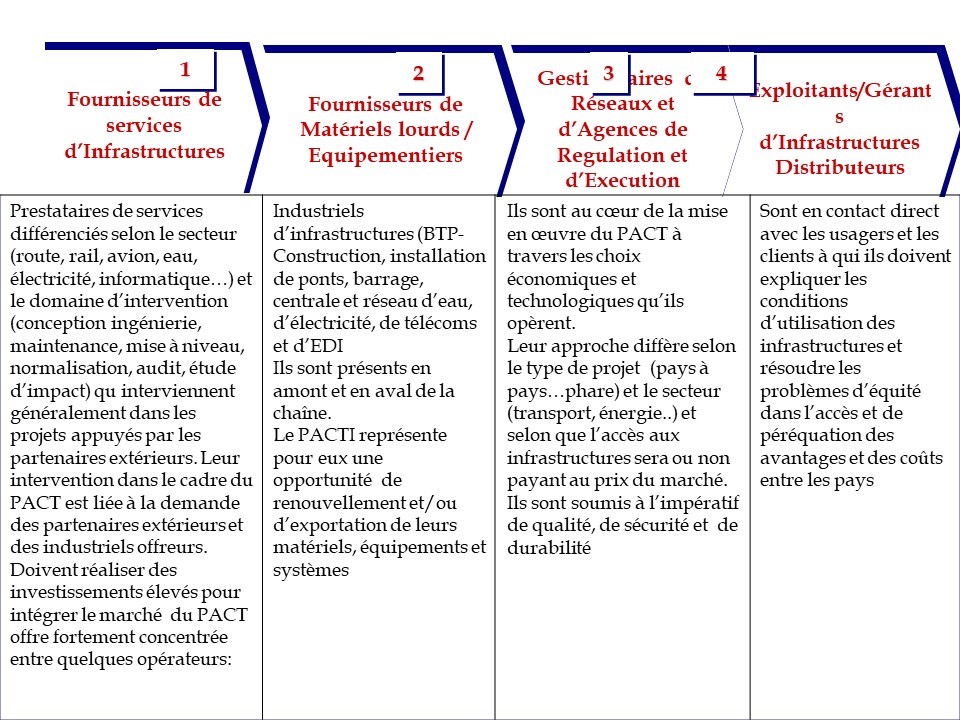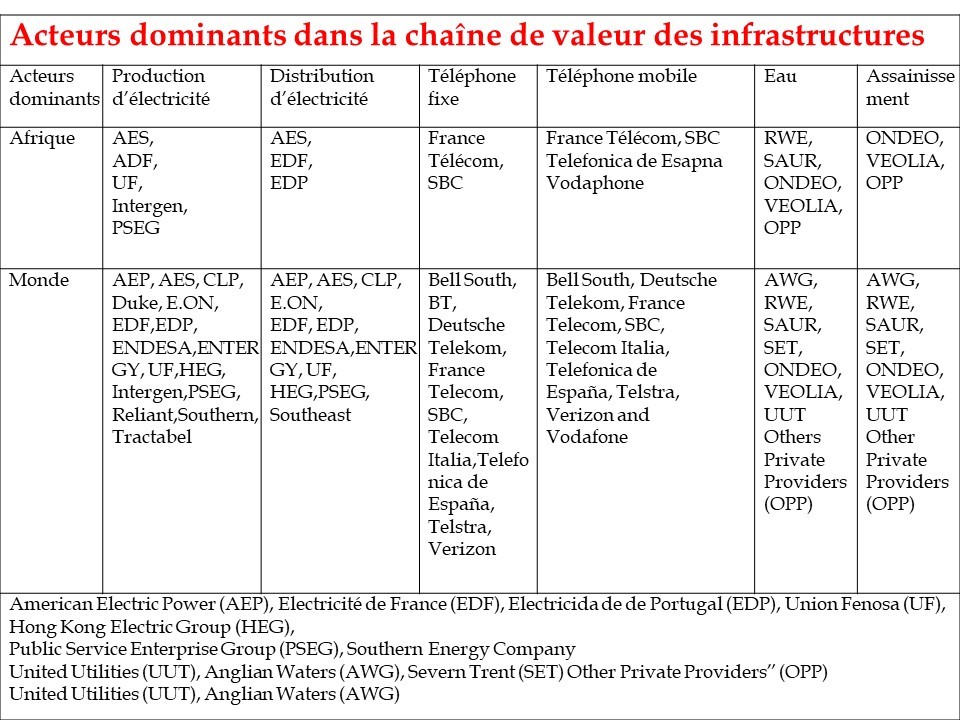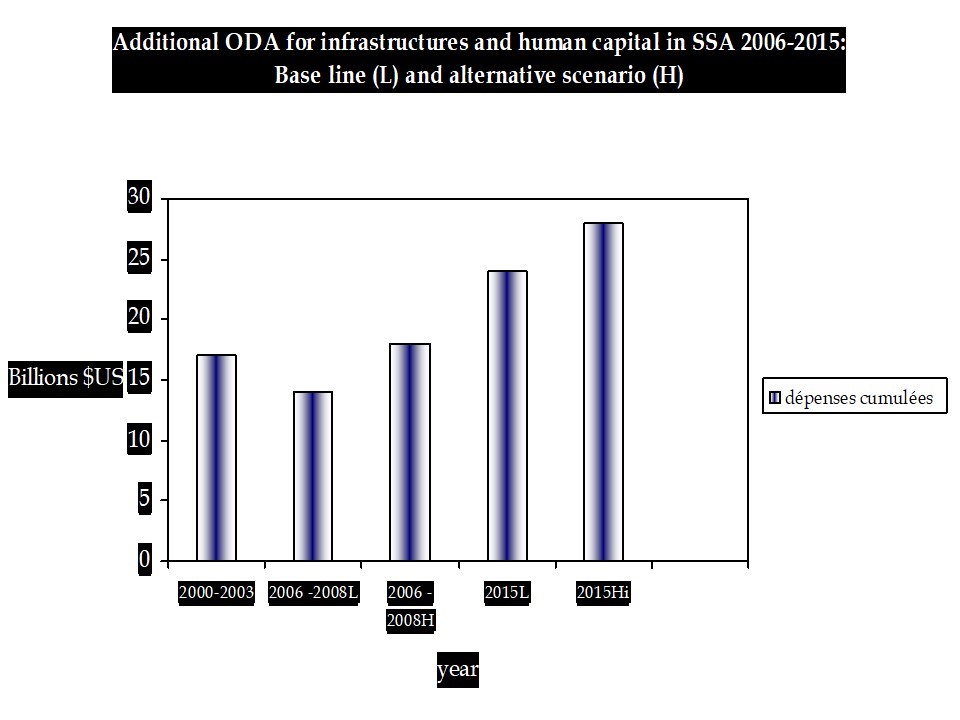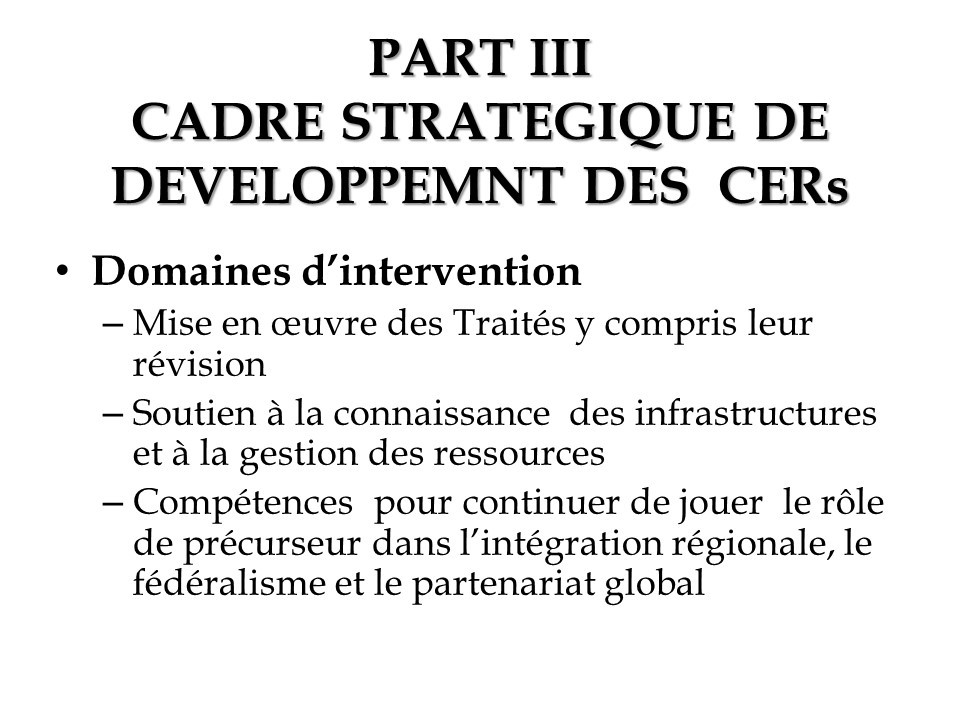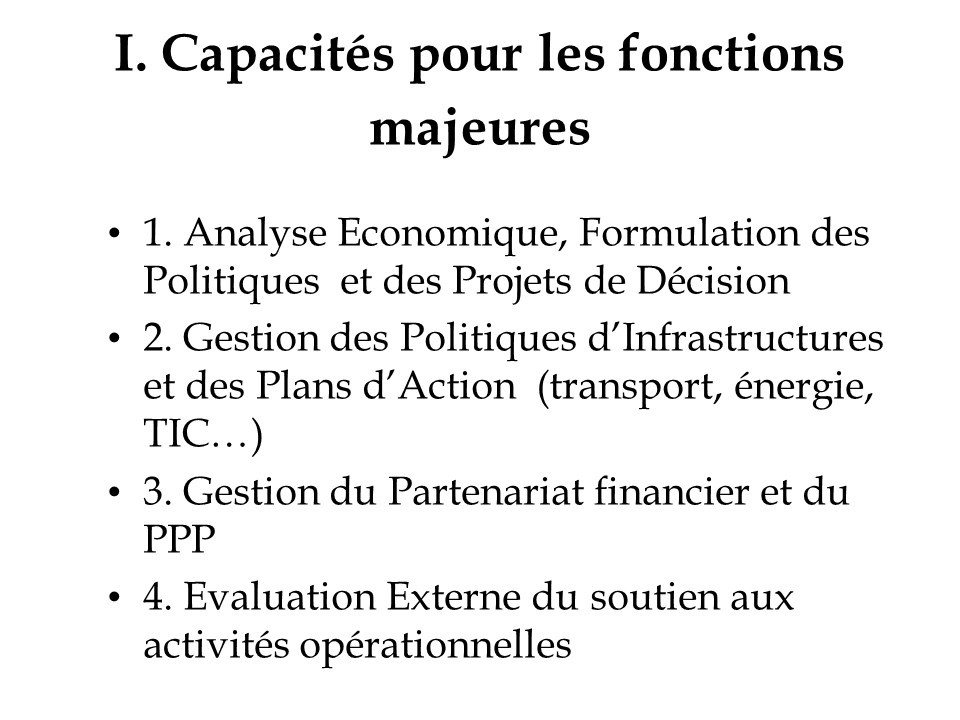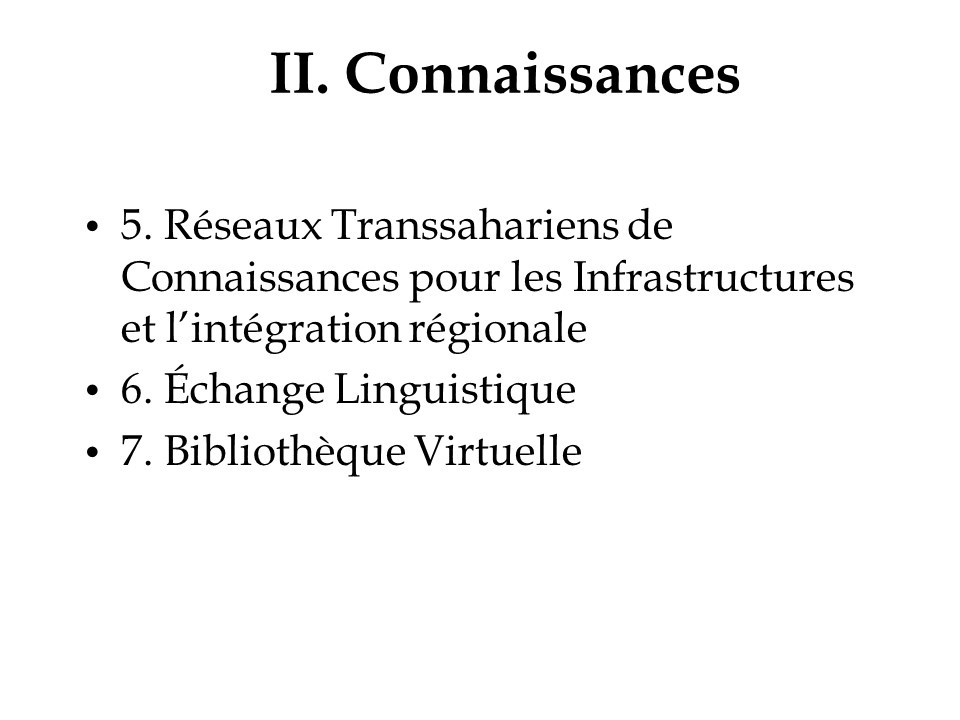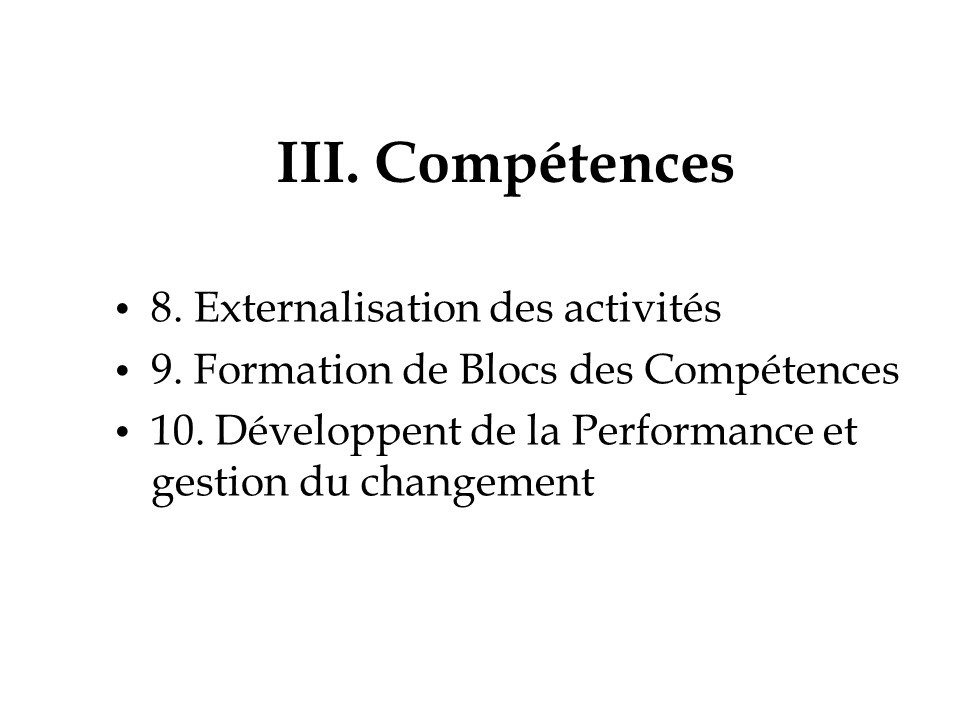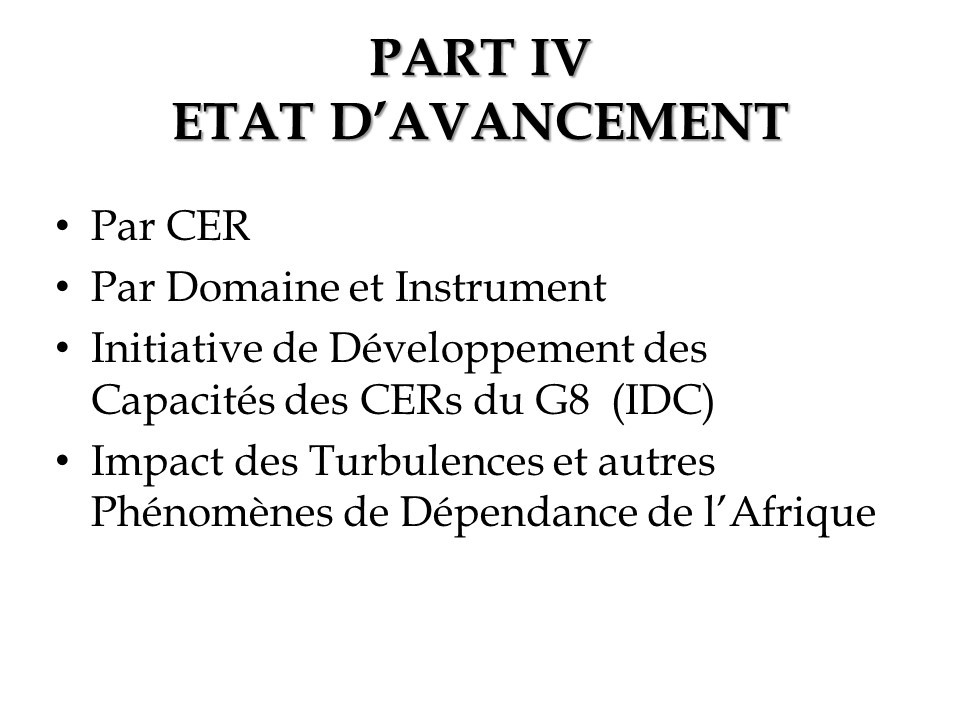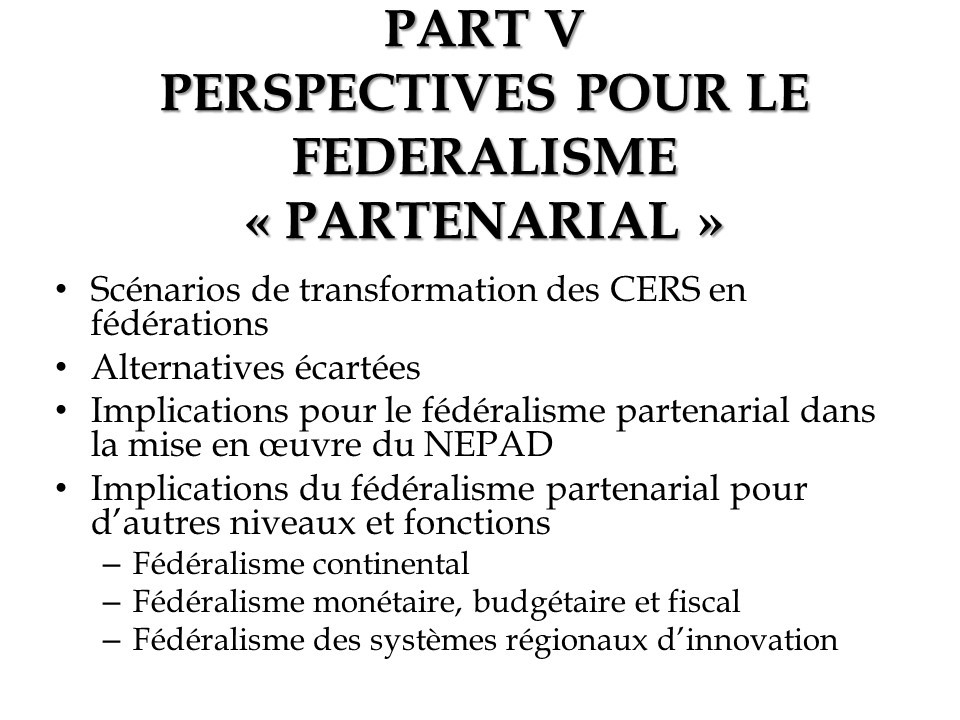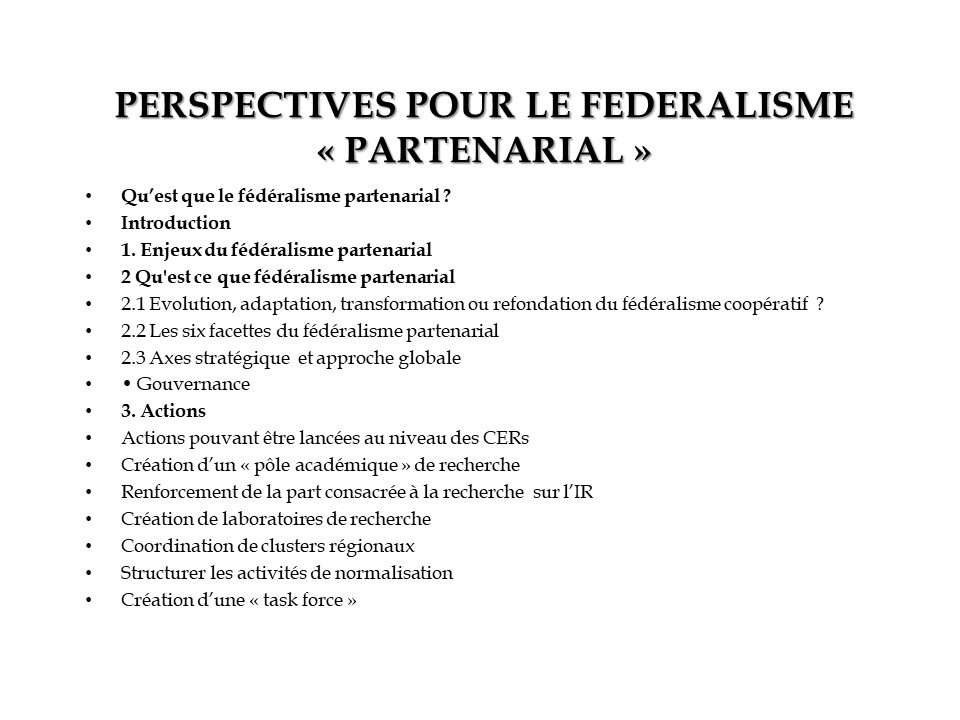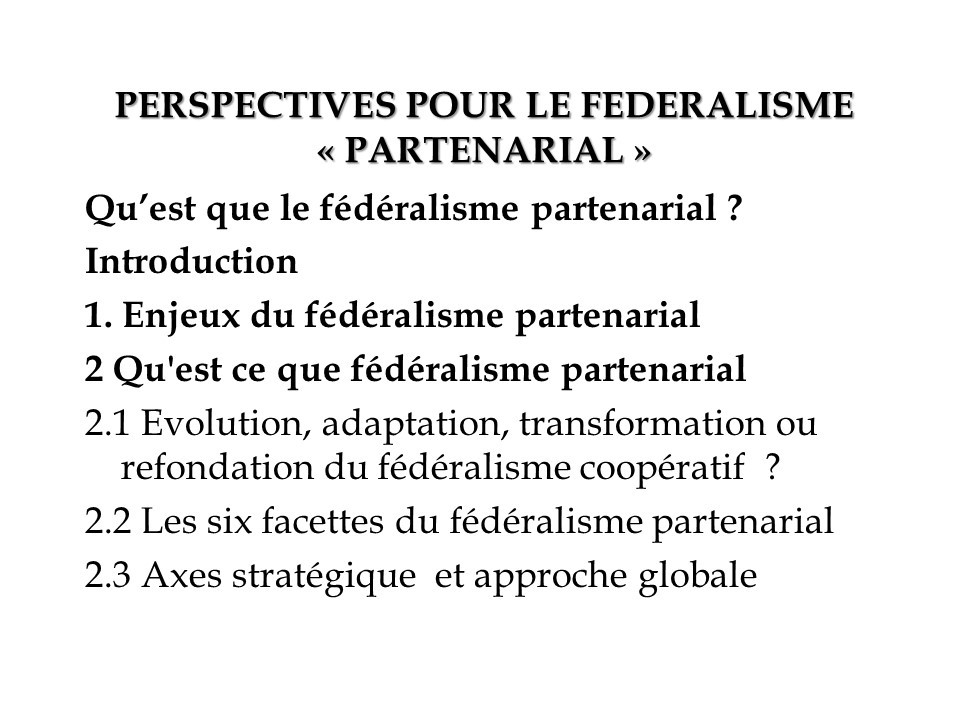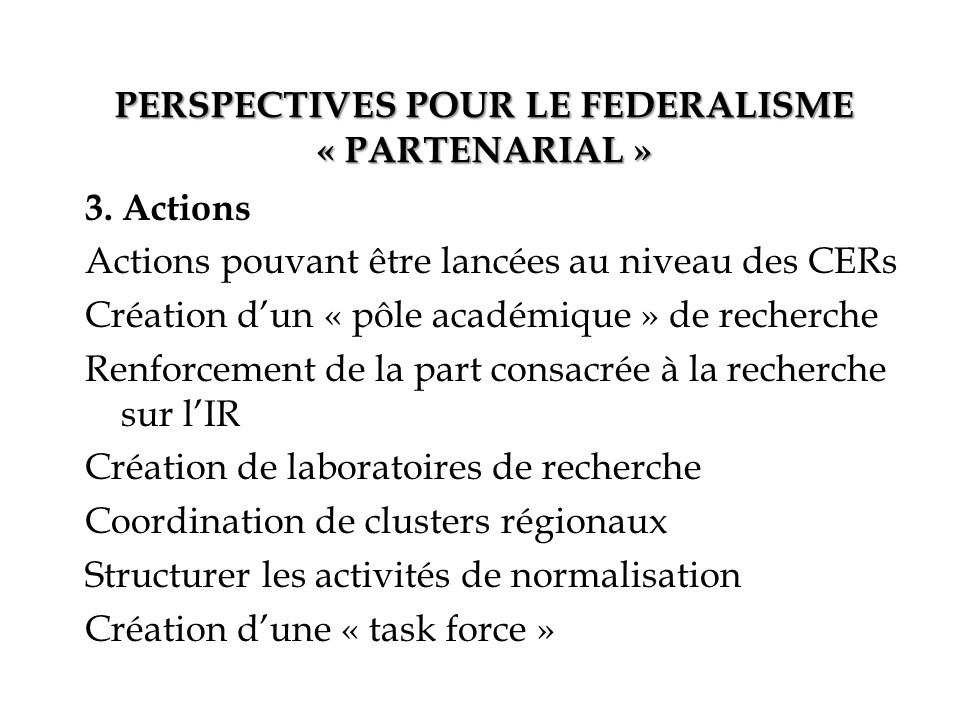WAEMU 2030
2030
.
The West African Economic and Monetary Union (WAEMU) Treaty, signed in 1994, assigns its eight member states ambitious objectives with a view to complementing monetary union with an economic union and above all to speed up the process of regional economic integration. After 15 years of existence and reforms promoted by the Commission, the WAEMU area is wondering about its future. This document proposes to offer a working support to the members of the High Level Panel consisting mainly of following up the second meeting held in January 2010 in Ouagadougou by identifying and formulating factors of rupture of the regional integration process in the UEMOA space, the proposal and the elaboration of scenarios of future evolution of this process.
Integration in the UEMOA region is an ambitious and audacious project that takes place in complex and evolving fields. Member countries often conduct the process in parallel with other integration projects. In addition to the theoretical problems raised by regionalization and the contradictory messages delivered by international experience, integration in the WAEMU area is characterized by its European inspiration, even if the long-term aim is more intergovernmental than federalist.
UEMOA takes place in a totally different historical, cultural, economic and political context. The WAEMU area results from the desire to complete the West African Monetary Union (WAMU) with the economic dimension it lacked. It cohabits with the ECOWAS area and is linked to other wider areas such as the Franc Zone, the EU/ACP, CEN-SAD. Member countries also participate in other sectoral integration initiatives such as OHADA, SYSCOA, CIMA, ABN, OMVS, CILSS,...
But the essential difference with the European area lies in the low intensity of past conflicts. Moreover, the countries share the same currency and the majority of the peoples share the same official French language and a colonial heritage from the former AOF. The identity of space derives from the development challenges that are common to all member countries and the solidarity they show in meeting them. Consequently, the WAEMU area is confronted with the two major problems of regional integration which are the border and deepening, in a context of globalisation and competition between regions of the world.
The aim of this exercise is to assess, by 2030, the factors that will break the regional integration process. The choice of this horizon is explained by the nature of the proposed approach, which combines two approaches to identify ruptures and construct scenarios:
for prospective diagnosis: a preventive prospective approach within the necessary horizon of strategic planning (less than 10 years);
for tools: a narrative or descriptive prospective approach, inscribed in the horizon of exploratory prospective (more than 30 years)...
- ..
Uemoa
Uemoa 2030 : Breakup Factors and Scenario Sketches
Commission High Level Panel
I. Introduction
1.1 Context
1.2 Methodology
1.3. Two exercises in one
1.4. Discarded methods
1.5. Limitations of the exercise
II. Factors disrupting the regional integration process in the UEMOA region
2.1 The 2010 WAEMU is the product of major changes in its environment and organization
2.2 However, the potential effects of these disruptions were not anticipated through a formal and structured process
2.3. Moreover, economic union has imposed itself without any reflection on alternative options.
2.4. WAEMU's strategic foresight: a perilous exercise
2.4. Overview of wild cards
III Major uncertainties and assumptions
3.1 Key questions on the future of the WAEMU area
3. 2 Key questions on the future of the WAEMU Commission
IV. Elaboration of the scenario framework
4.1 Elaboration of the UEMOA space scenario framework
4.2 Screen of UEMOA space scenarios
4.3. Scenarios of the WAEMU Commission
4. 4. the plot of the scenarios in key words
V. Construction of UEMOA space scenarios
5.1. Scenario 1: WAEMU as a captive space
5.2. Scenario 2: WAEMU as a devalued regional market
5.3. Scenario 3: WAEMU as a regional locomotive
5.4. Scenario 4: WAEMU as a globalized market
VI. Construction of UEMOA Commission scenarios
6.1. Scenario 1: The Commission as an economic government
6.2 Scenario 2: The Commission as Executive Secretariat
6.3. Scenario 3: The Commission as a specialised agency
6.4. Scenario 4: The Commission as a Community administration
VII. Recommendations for Developing the Commission's Vision
